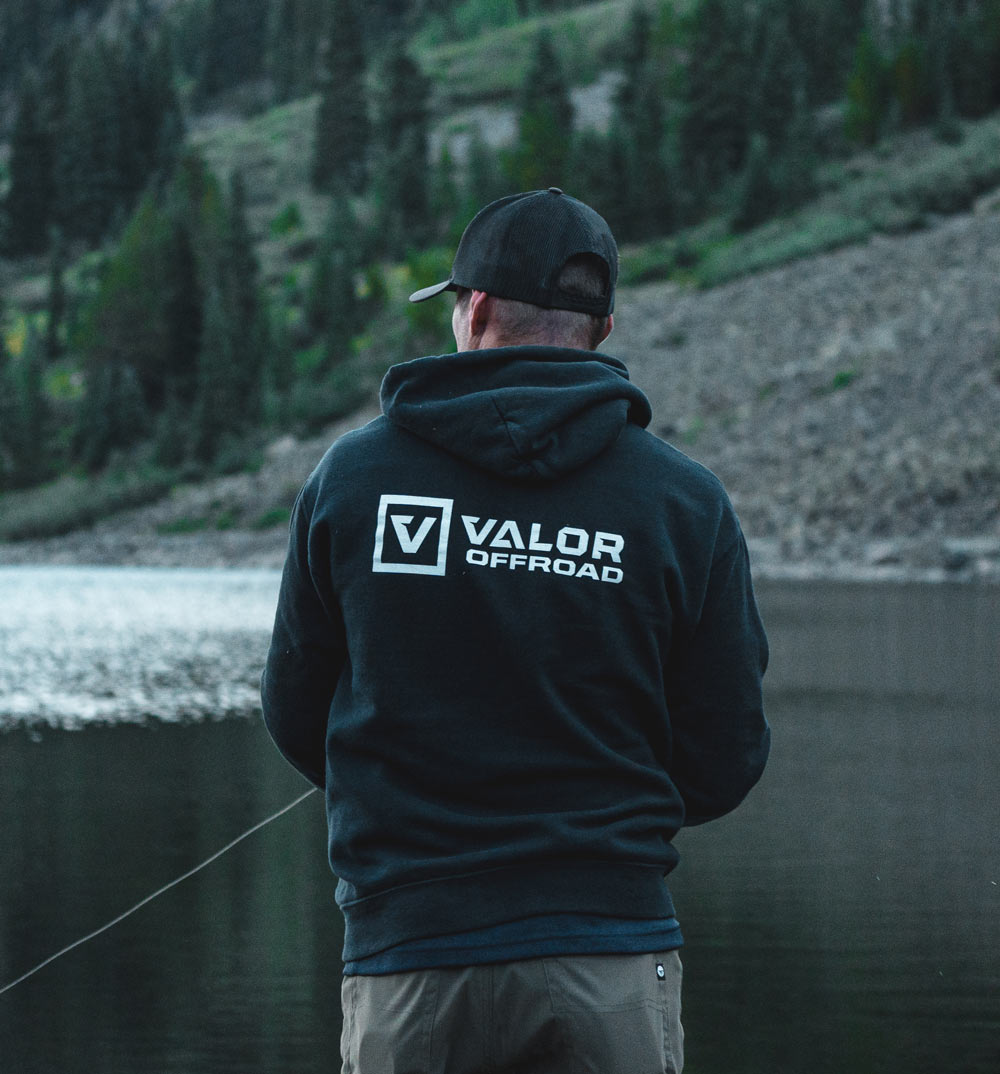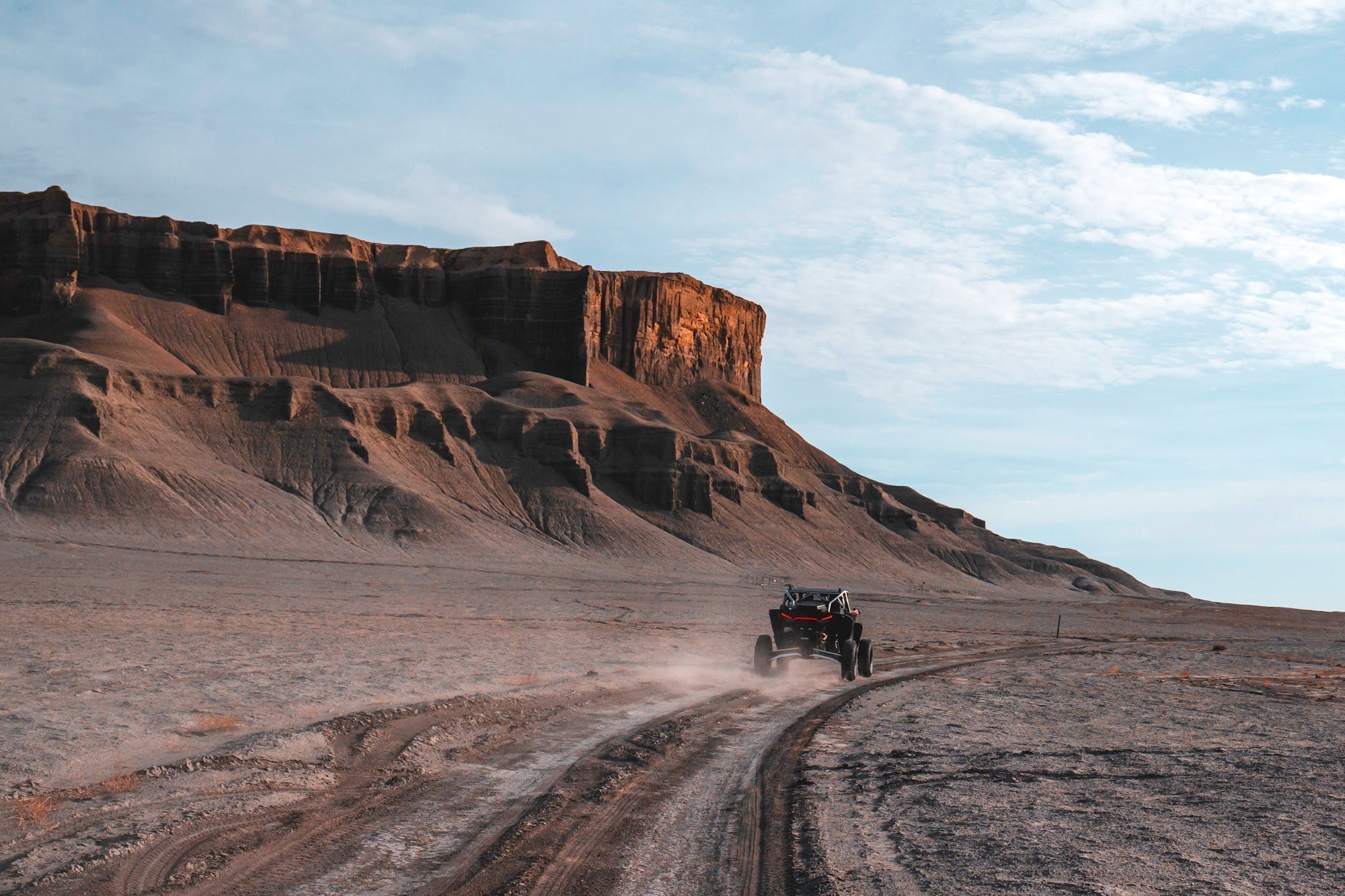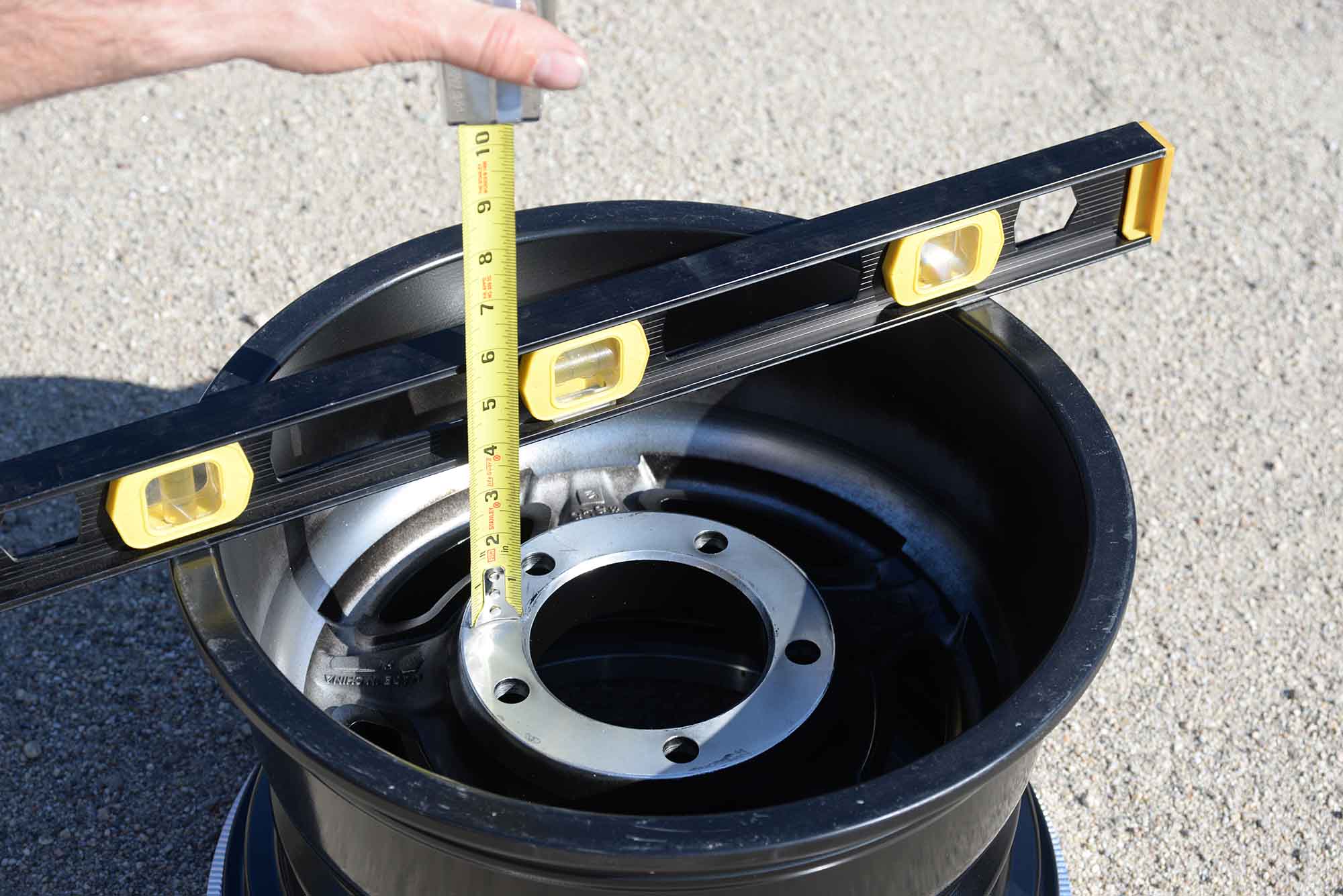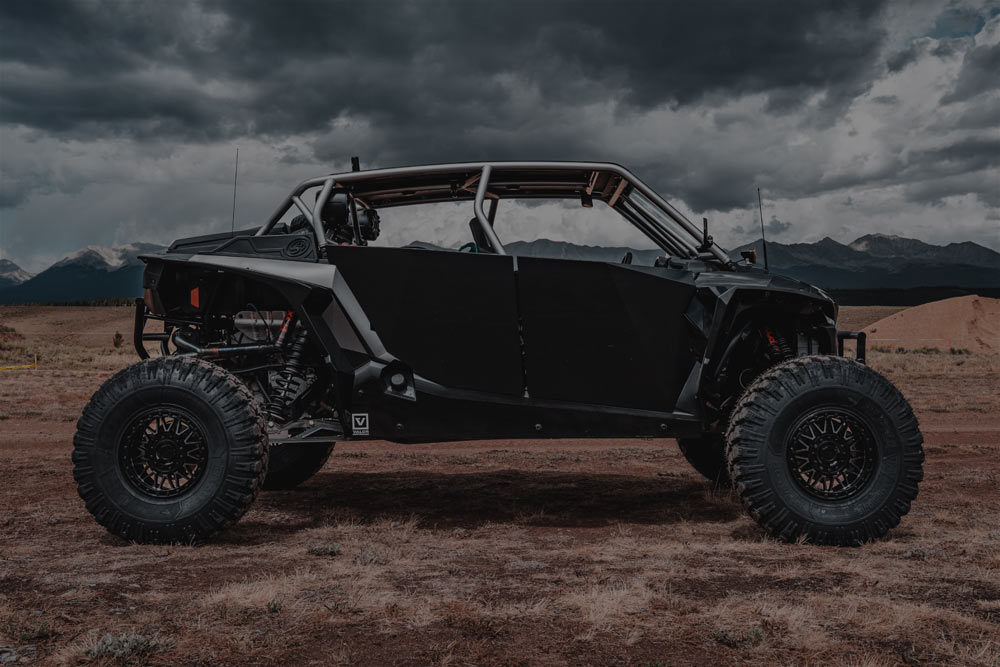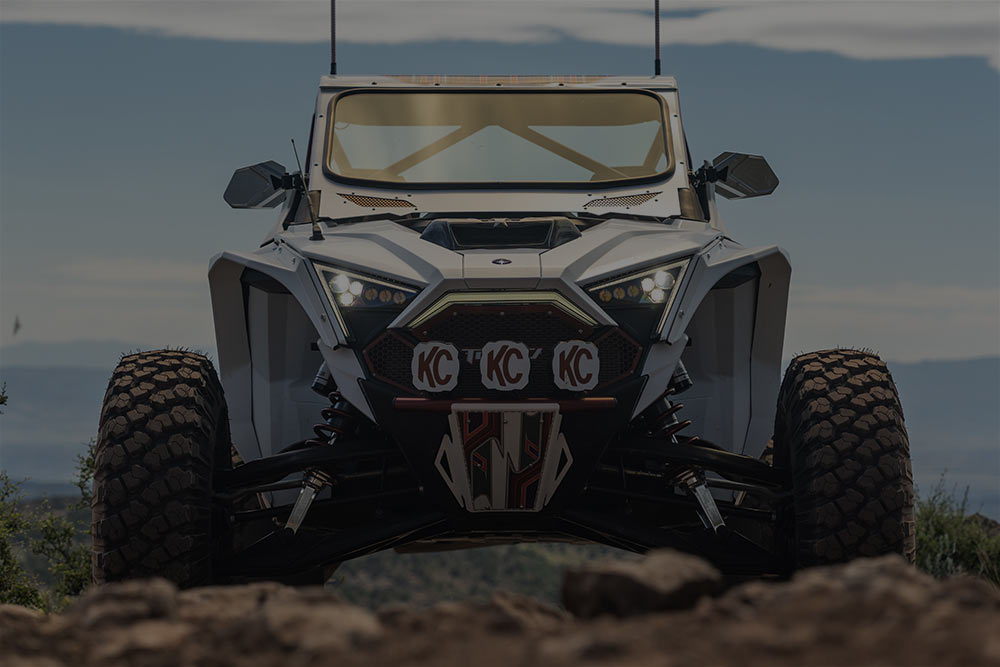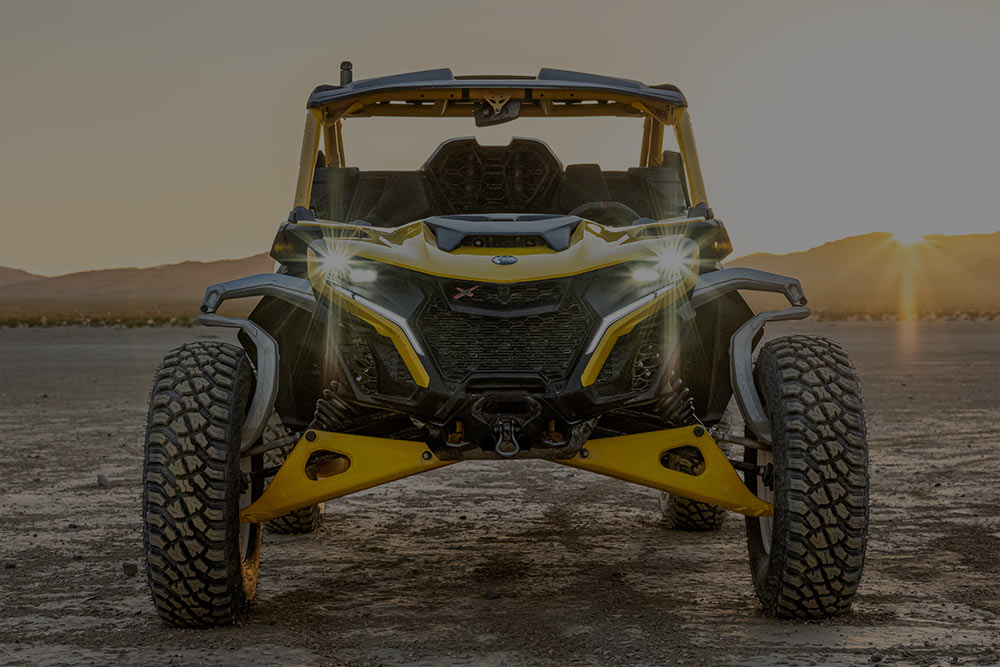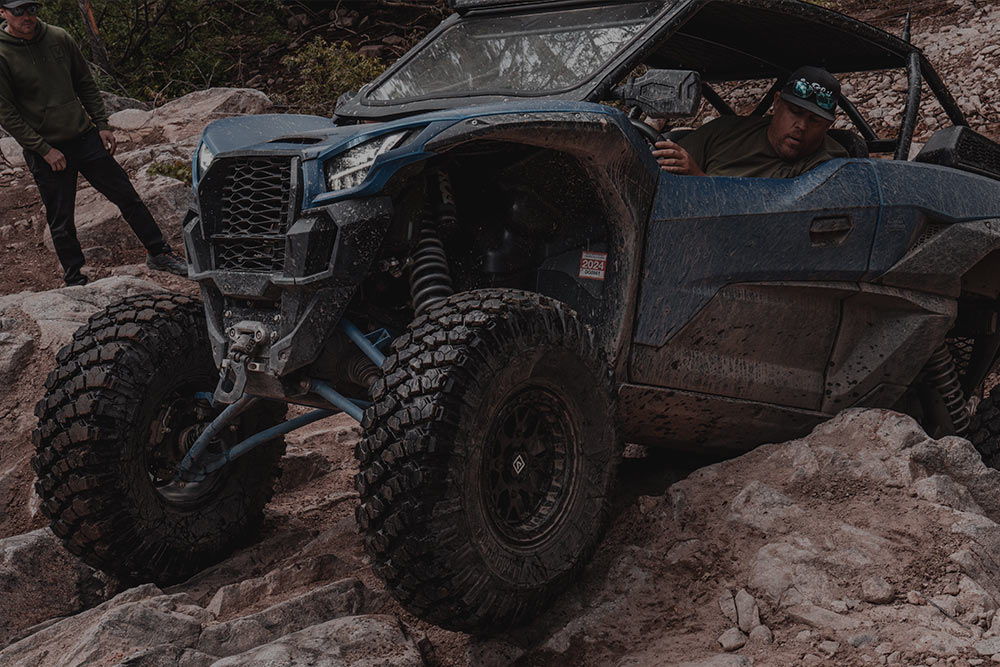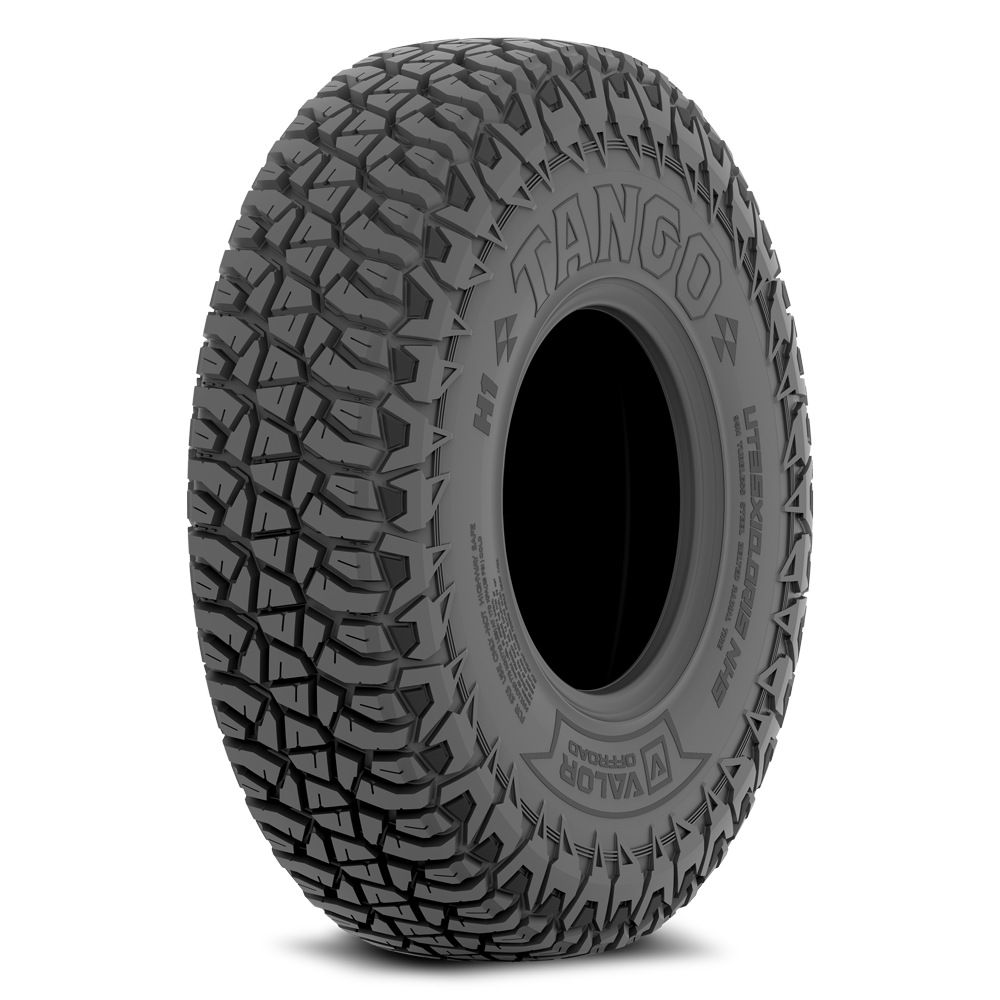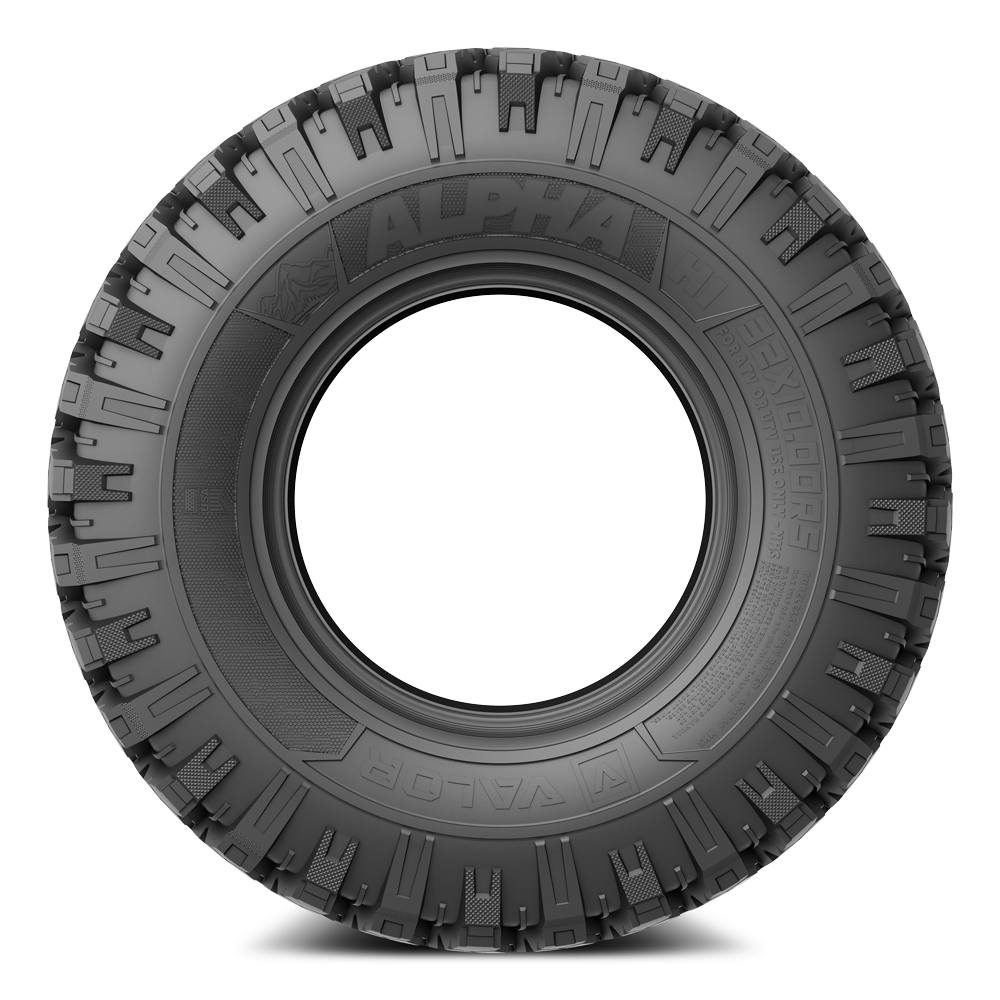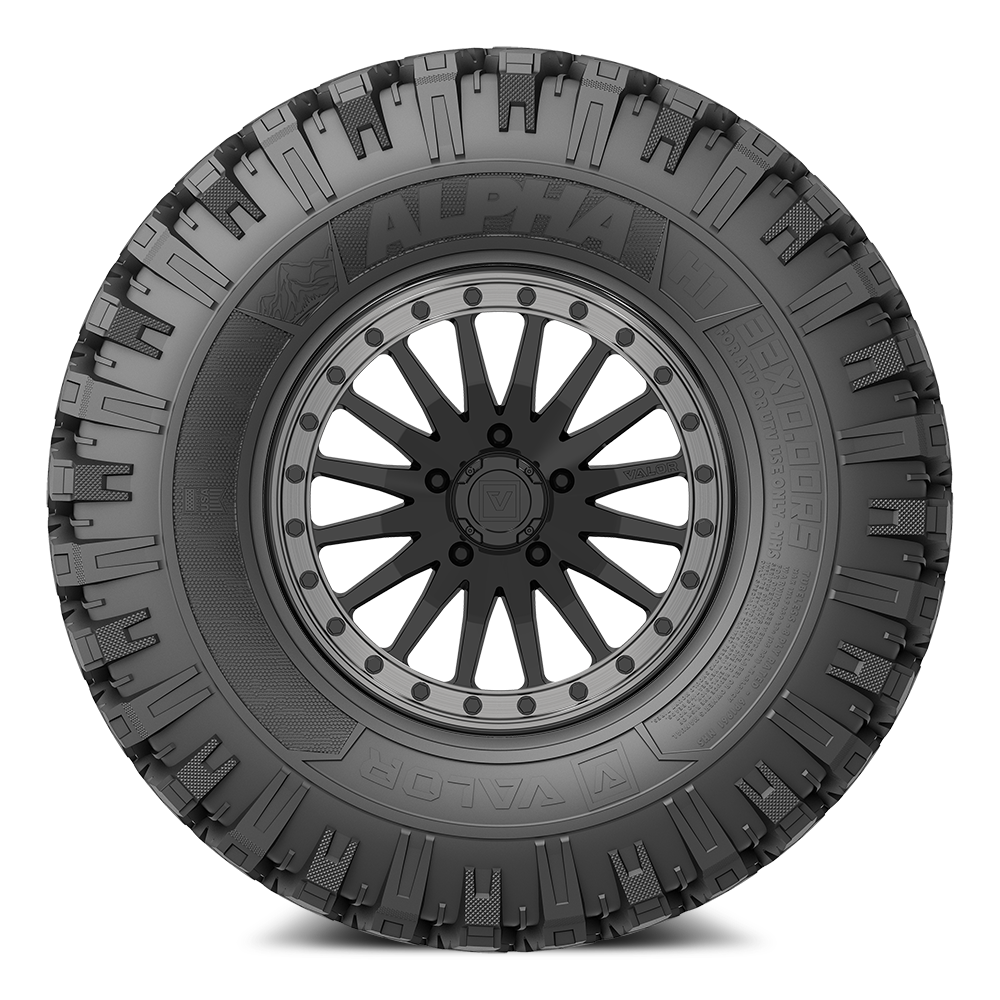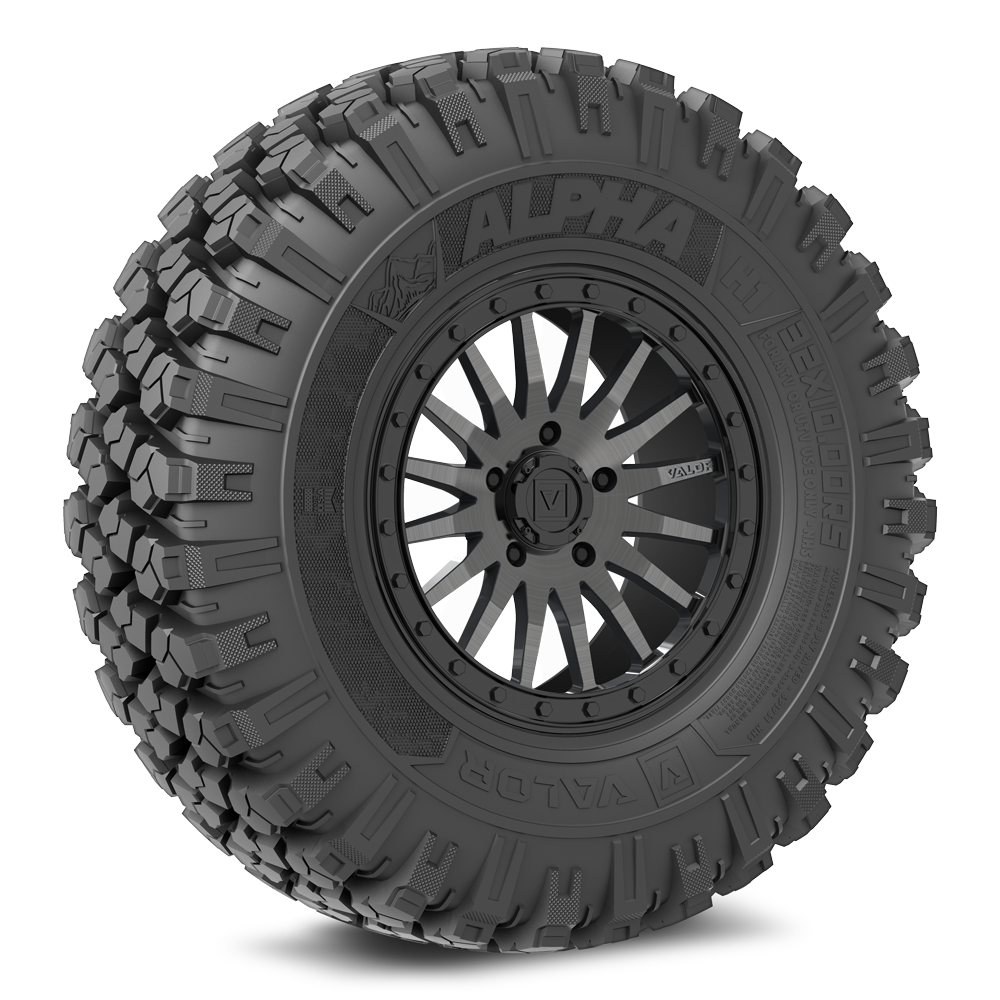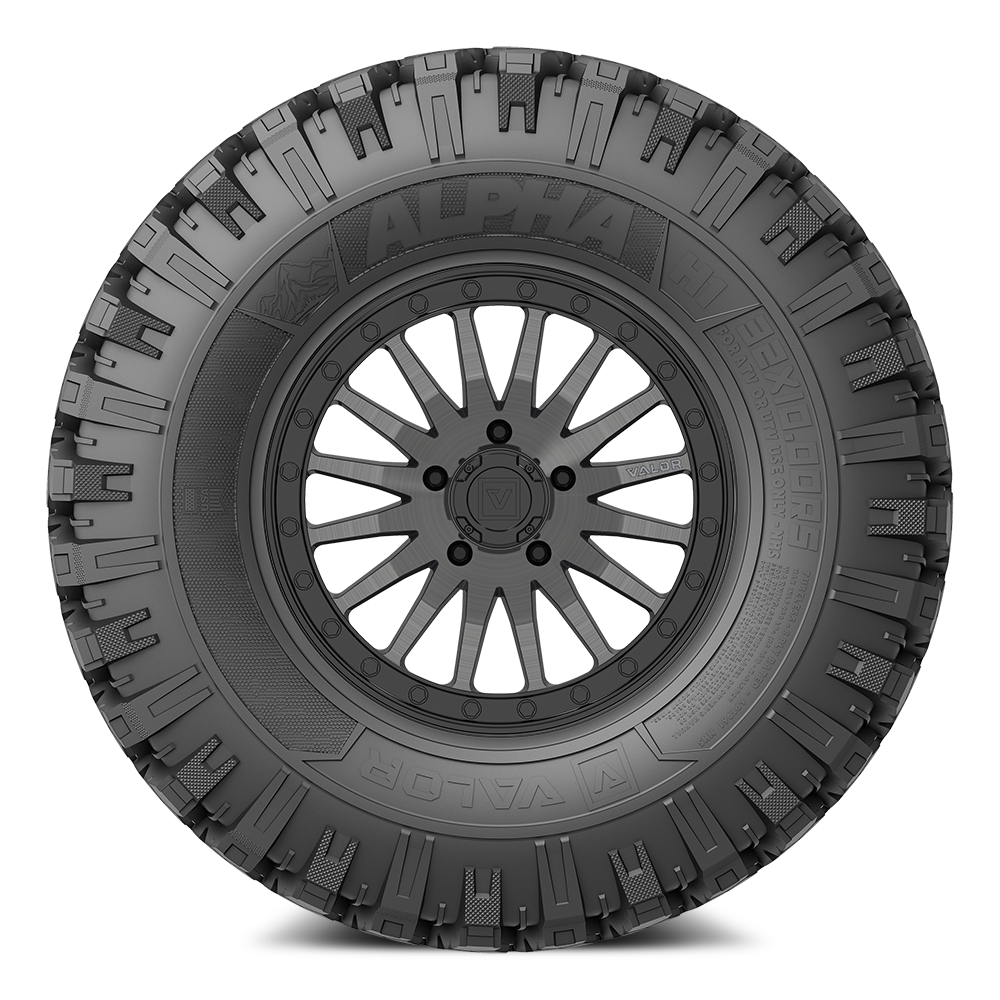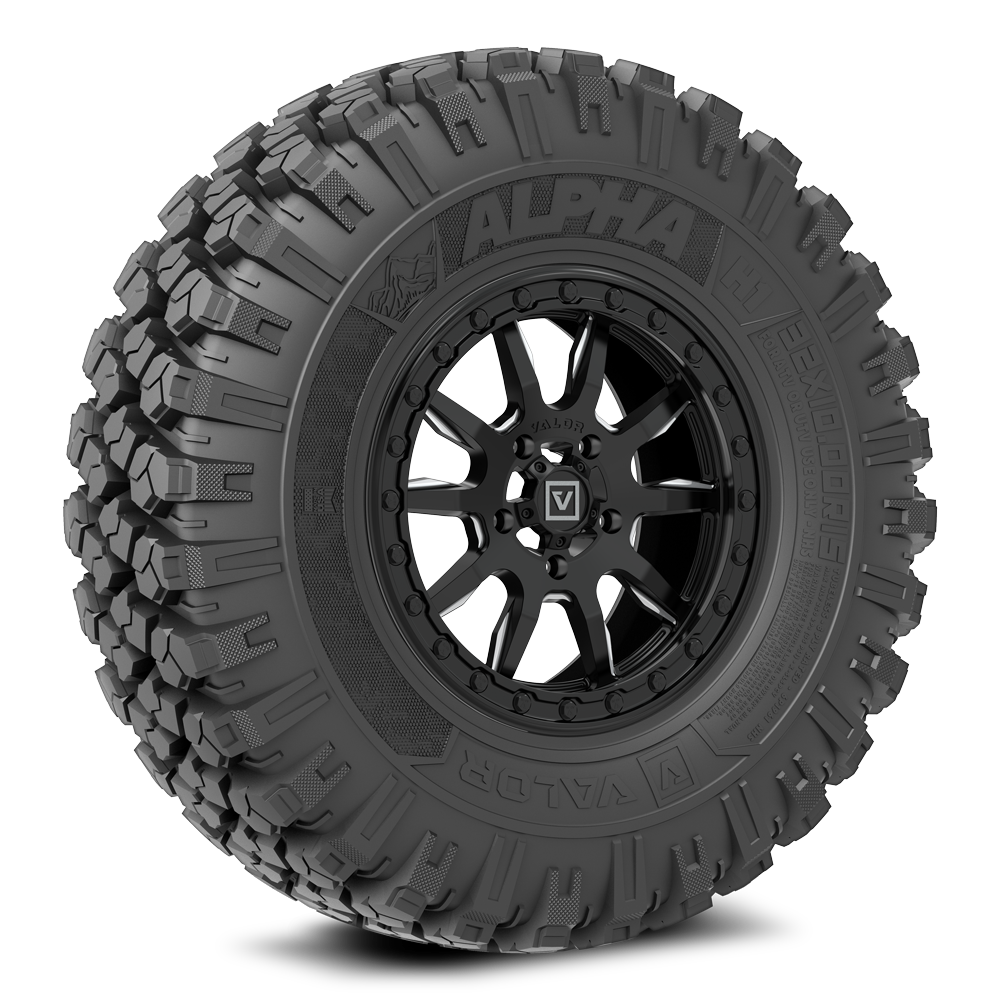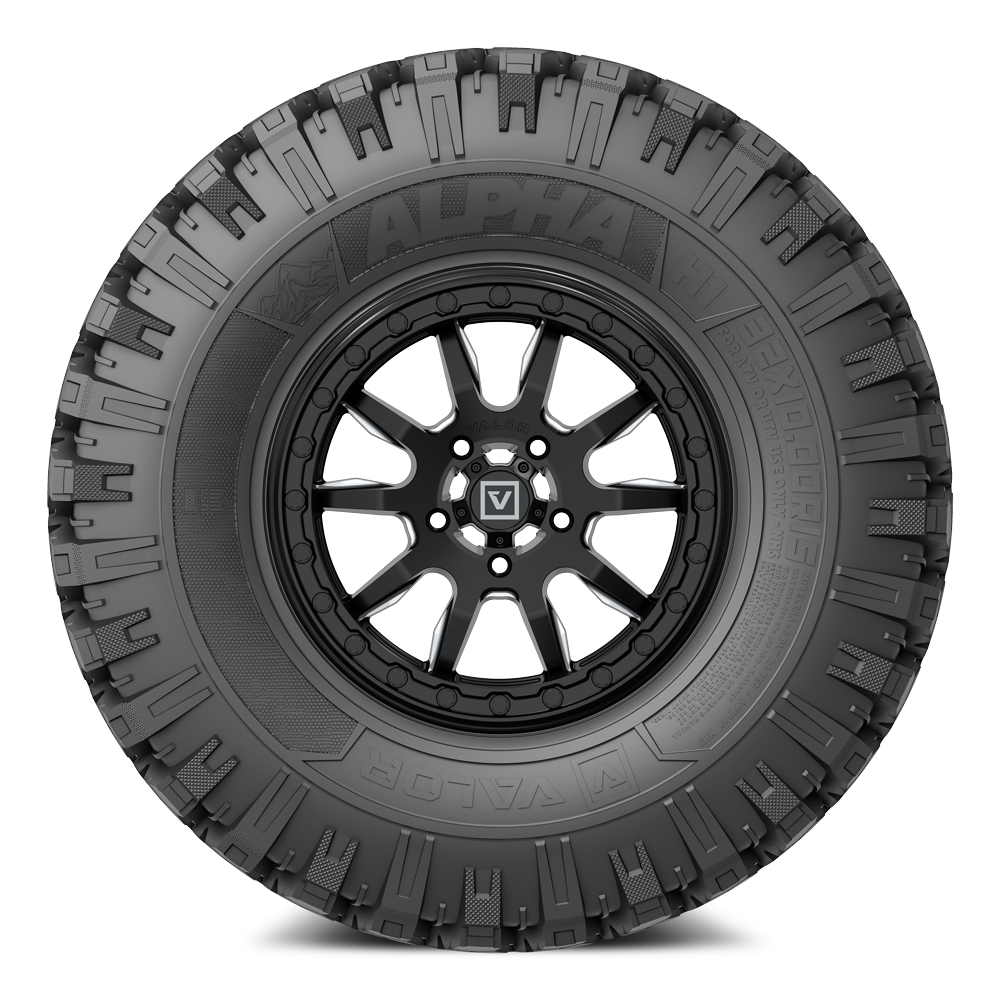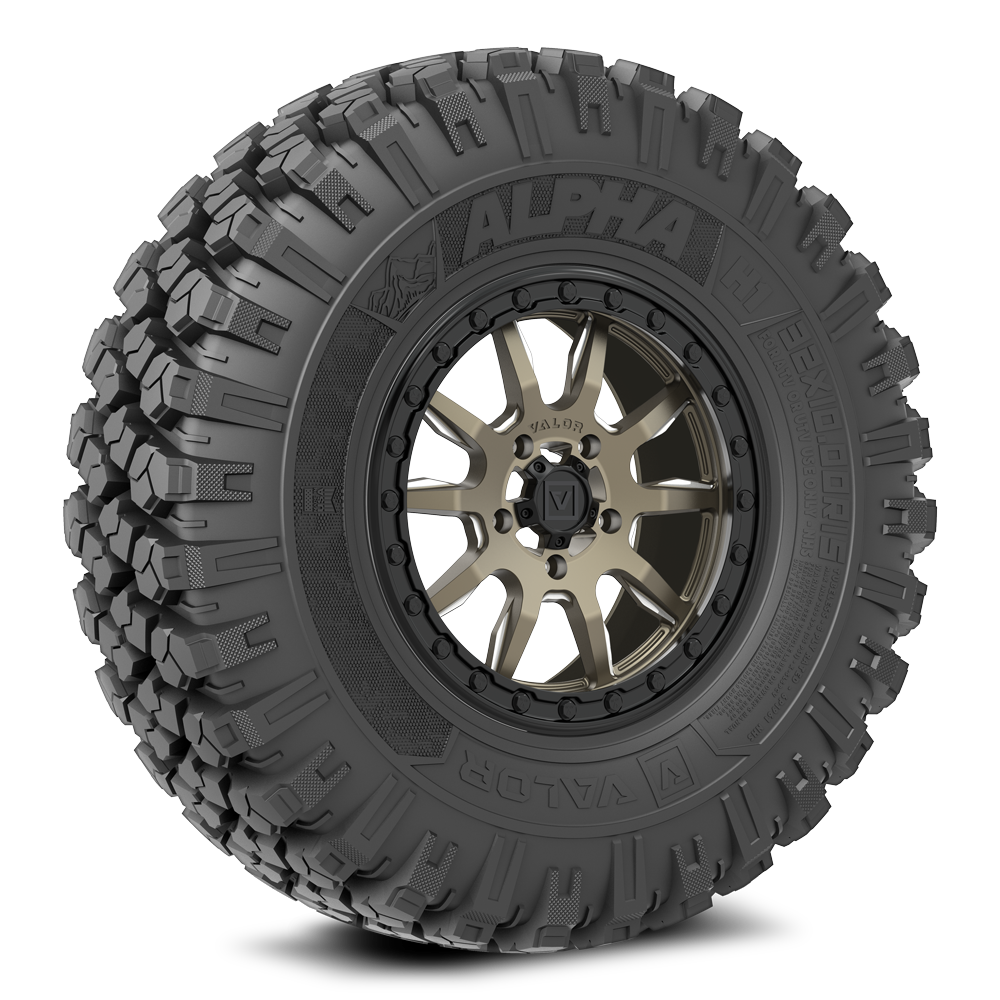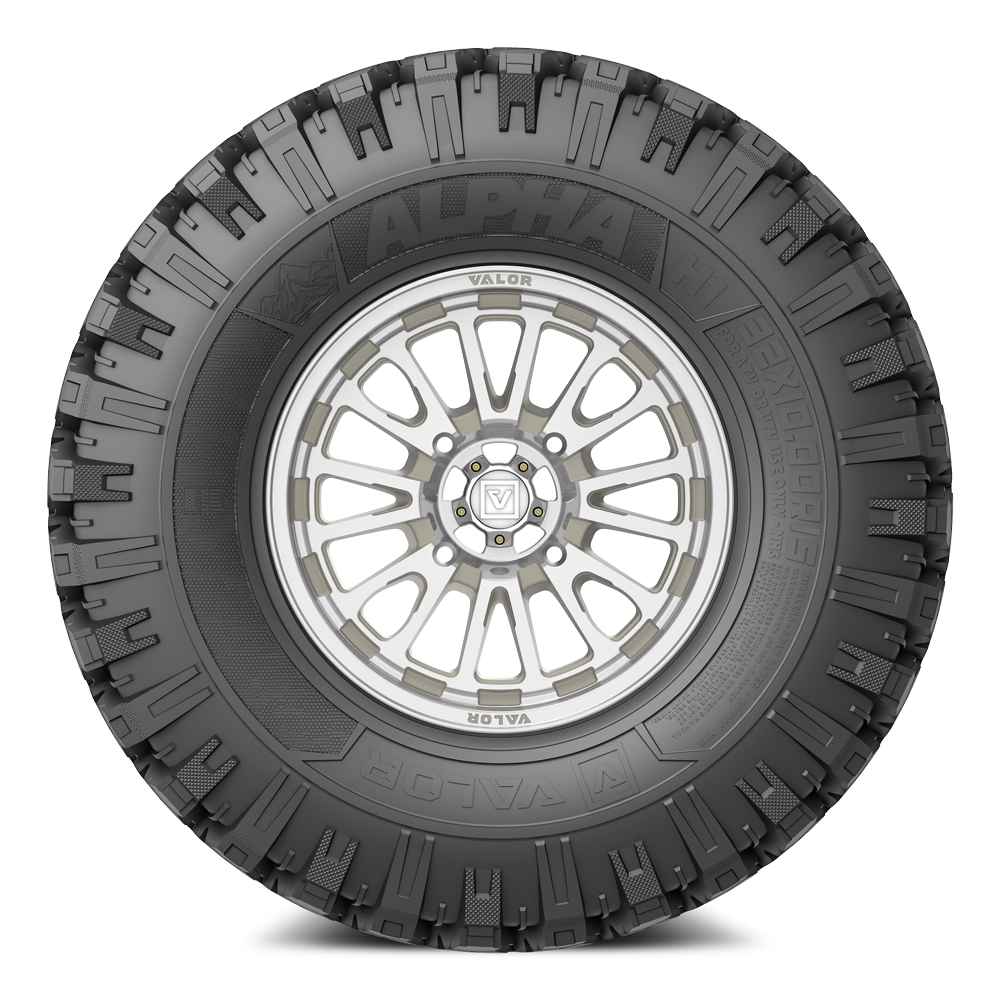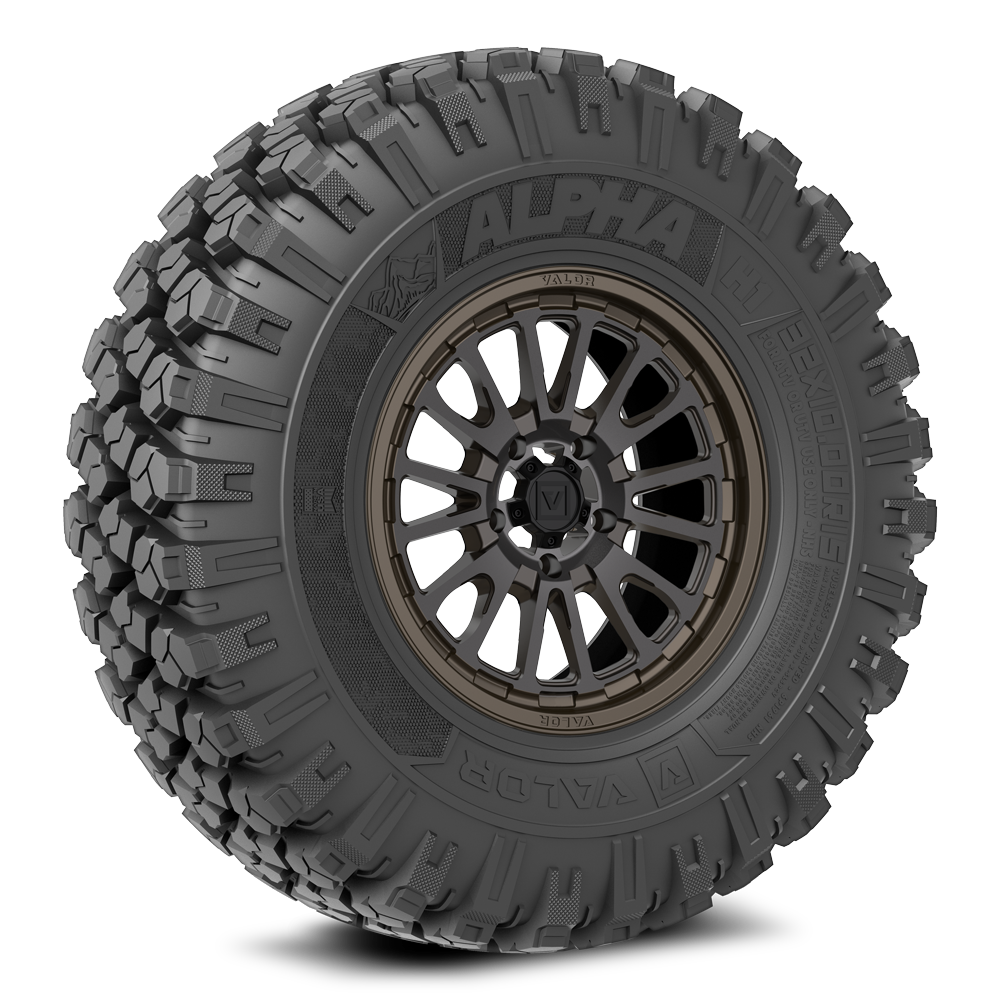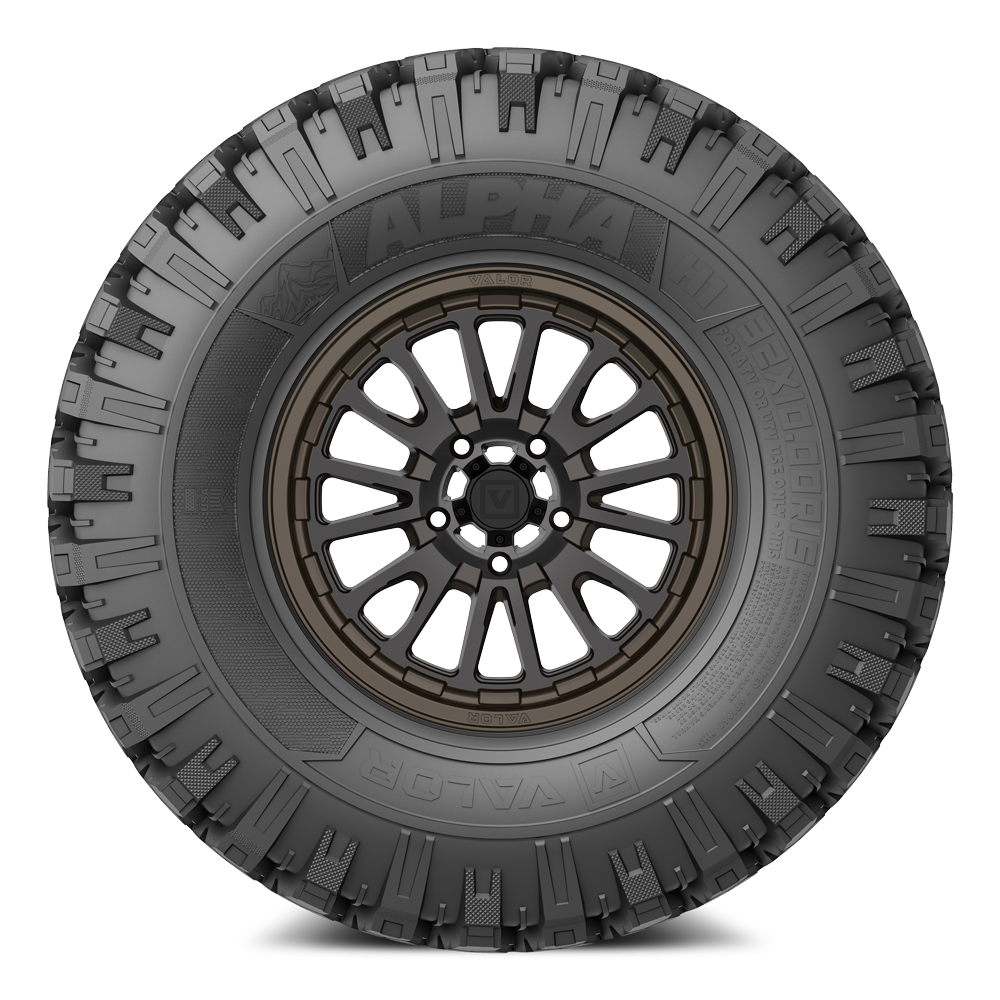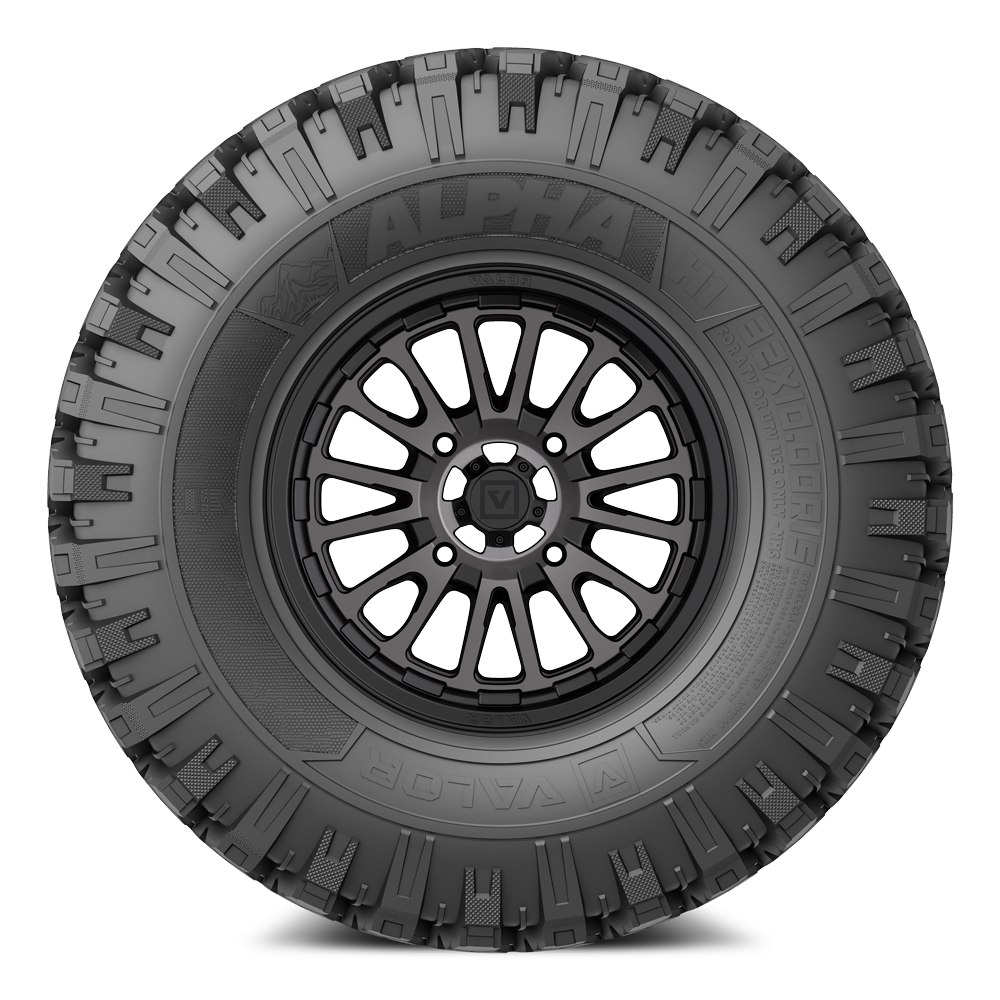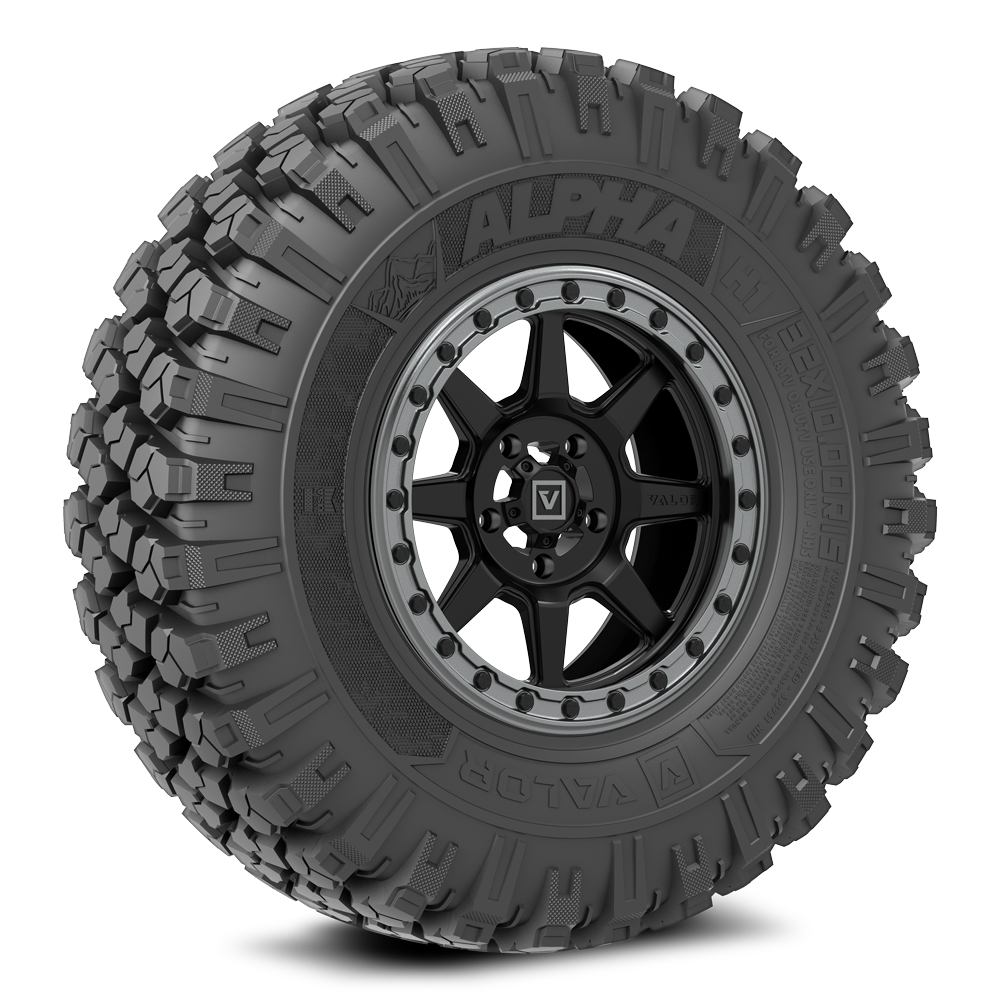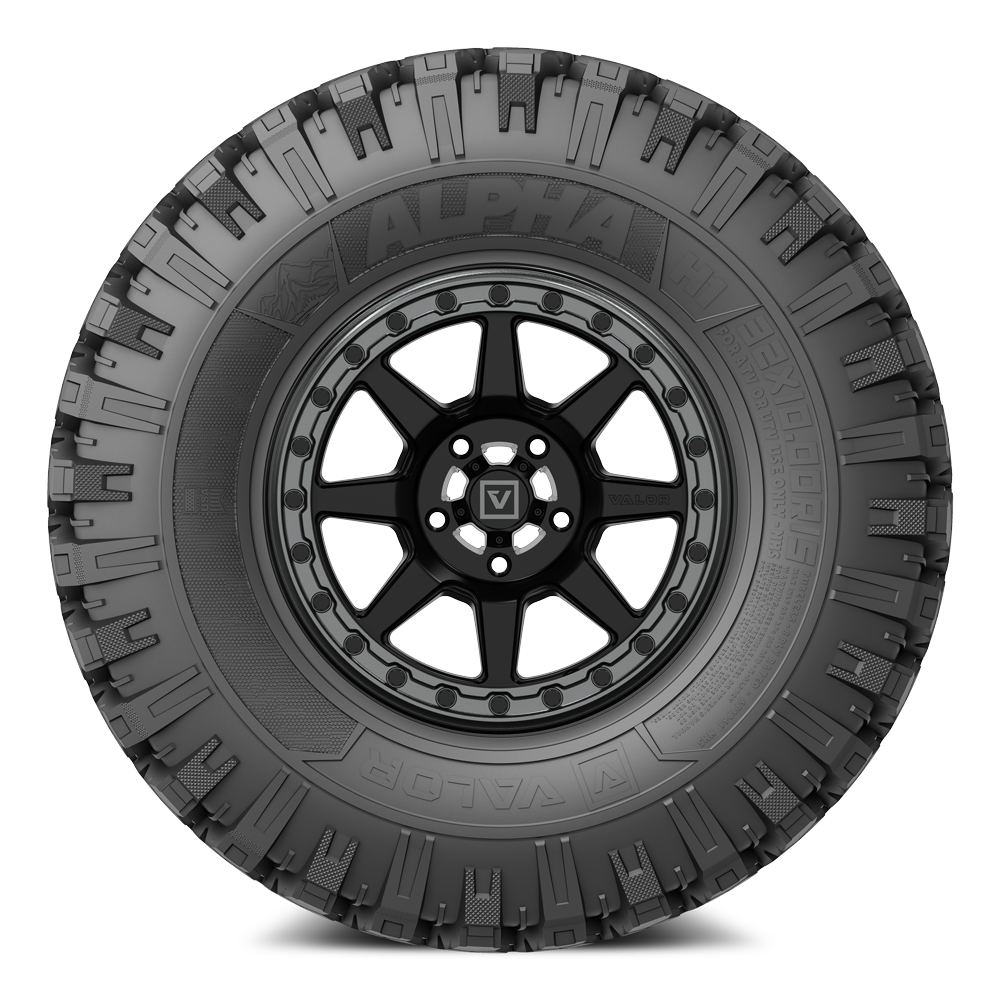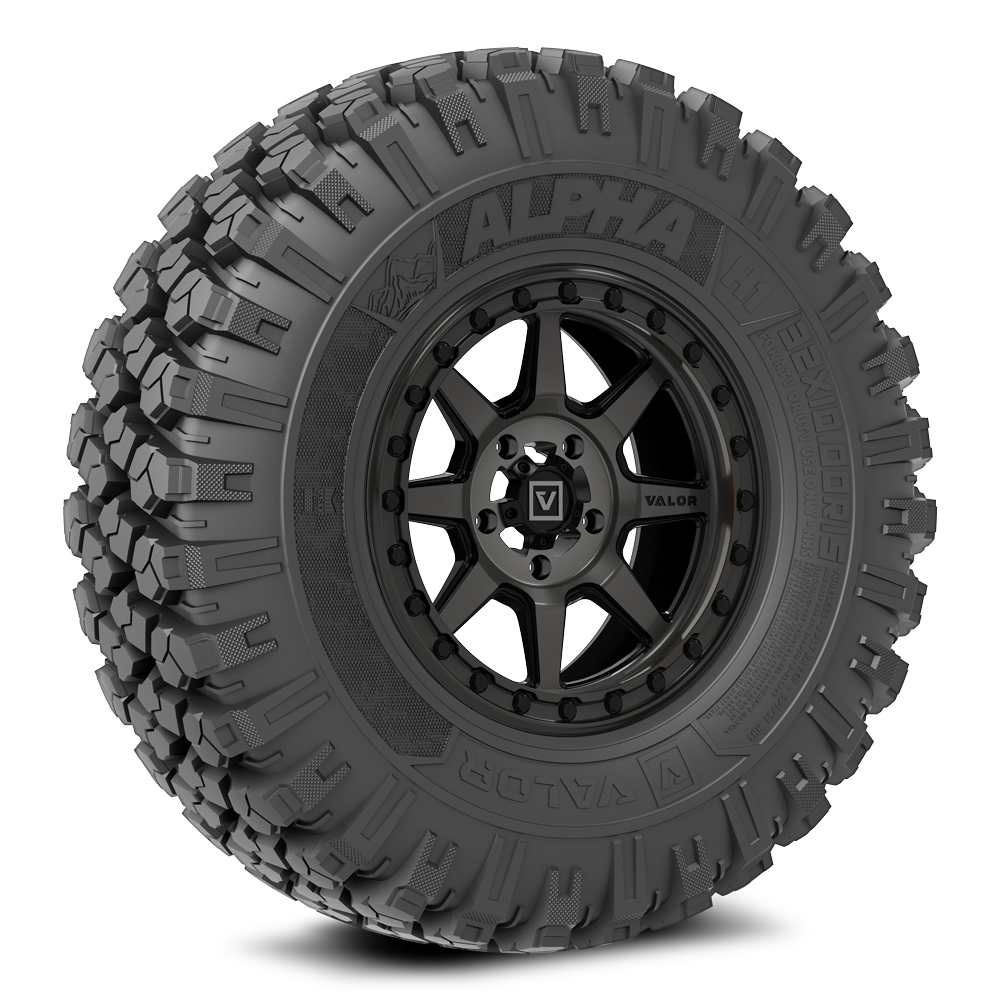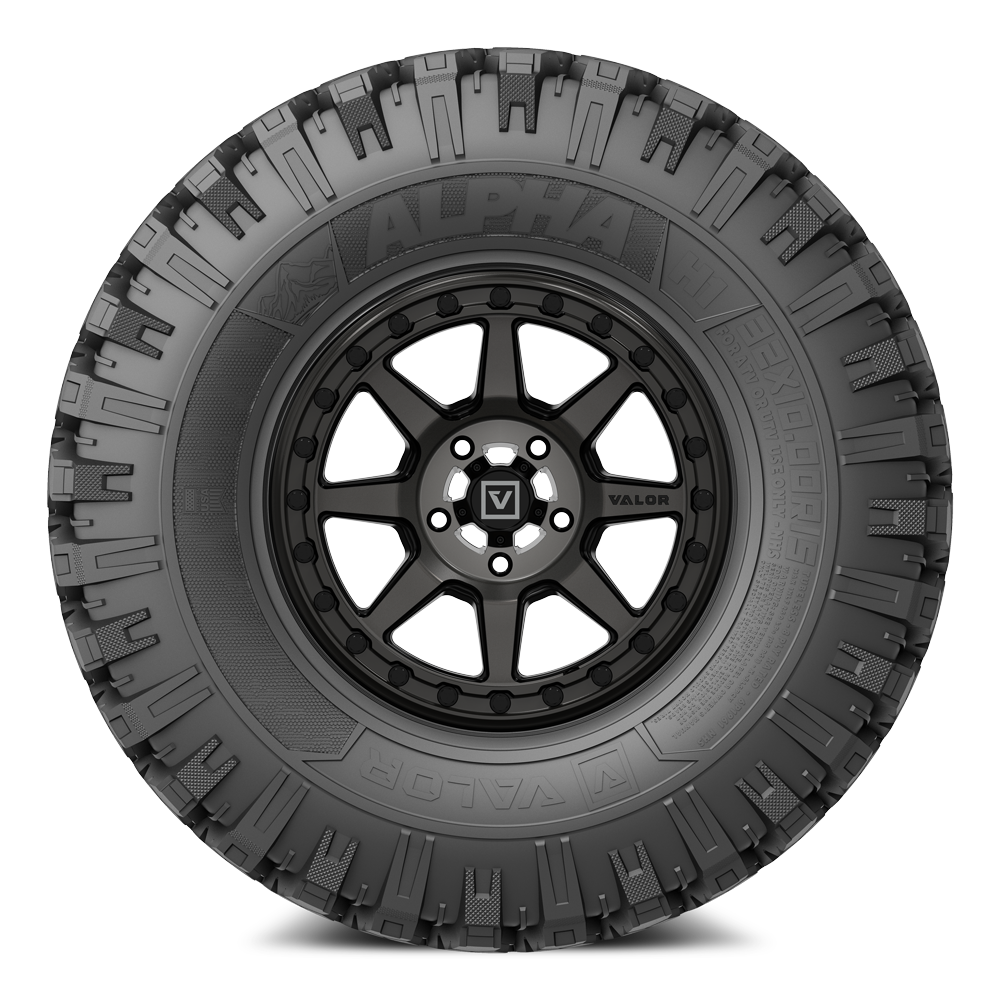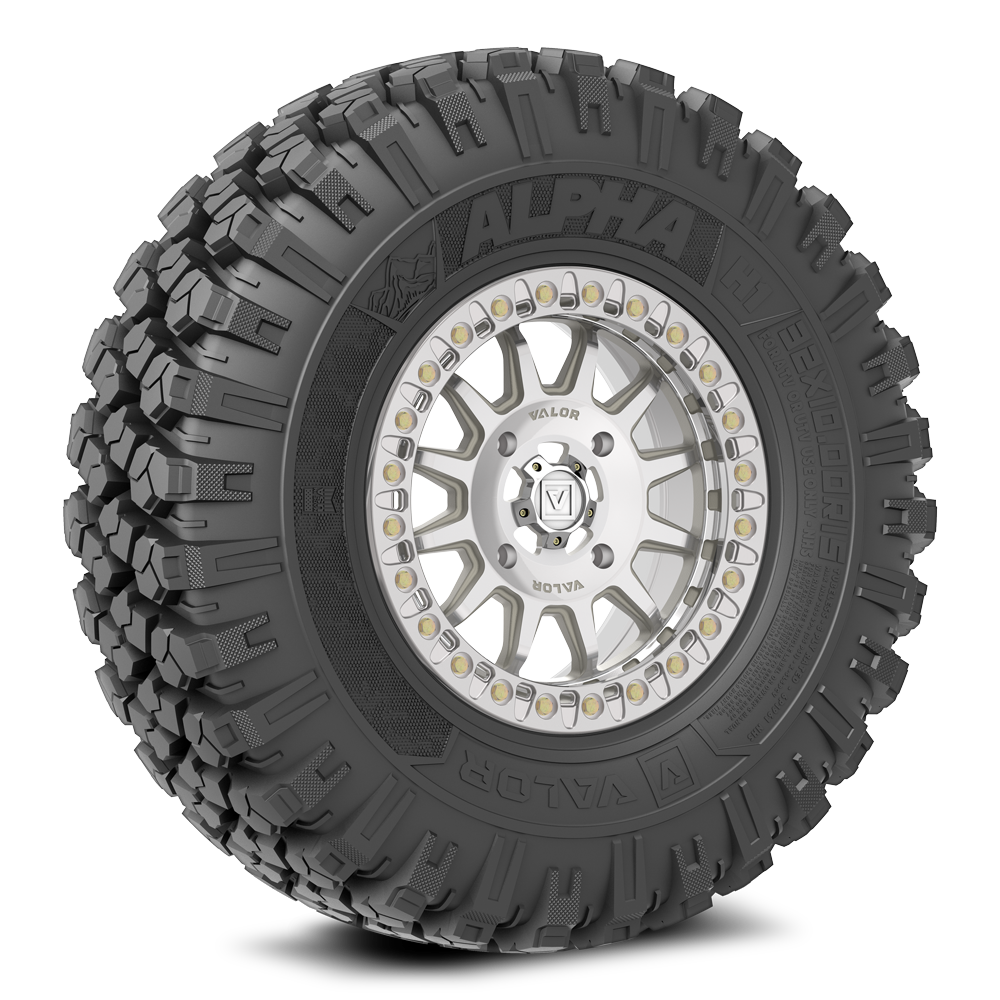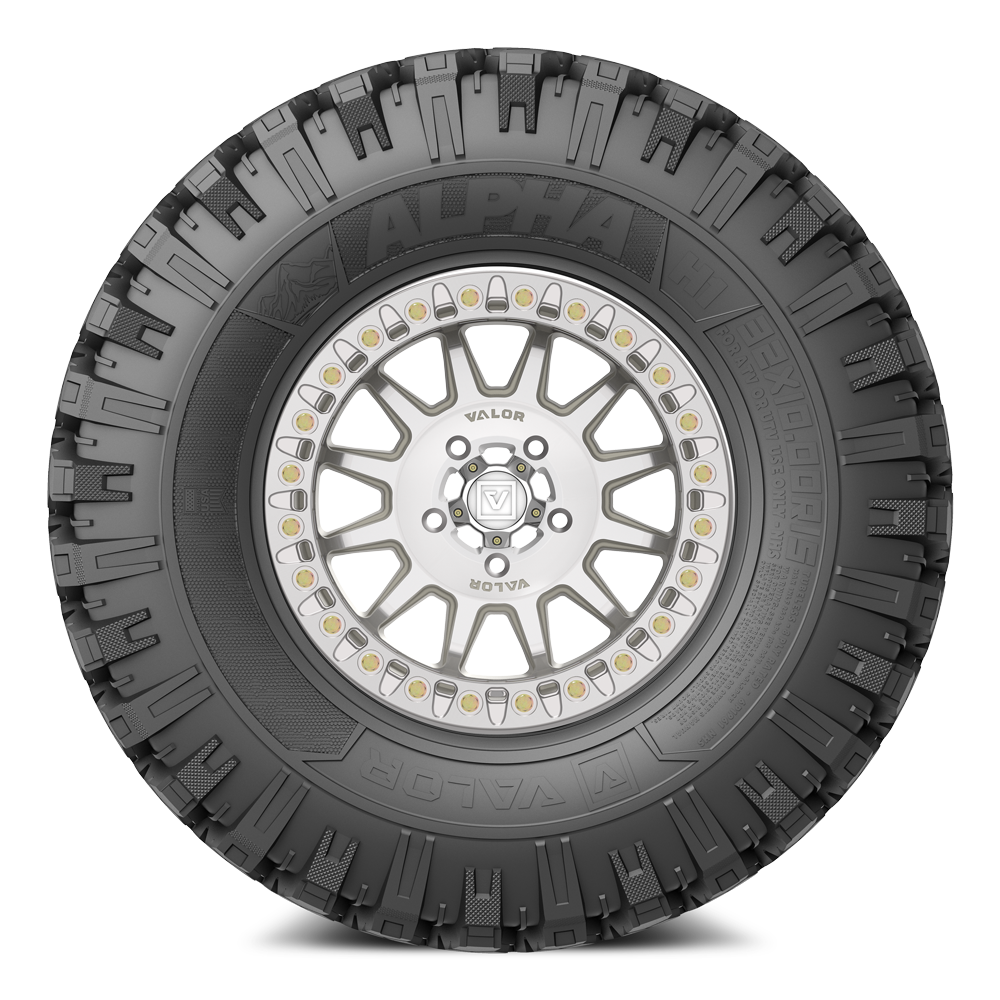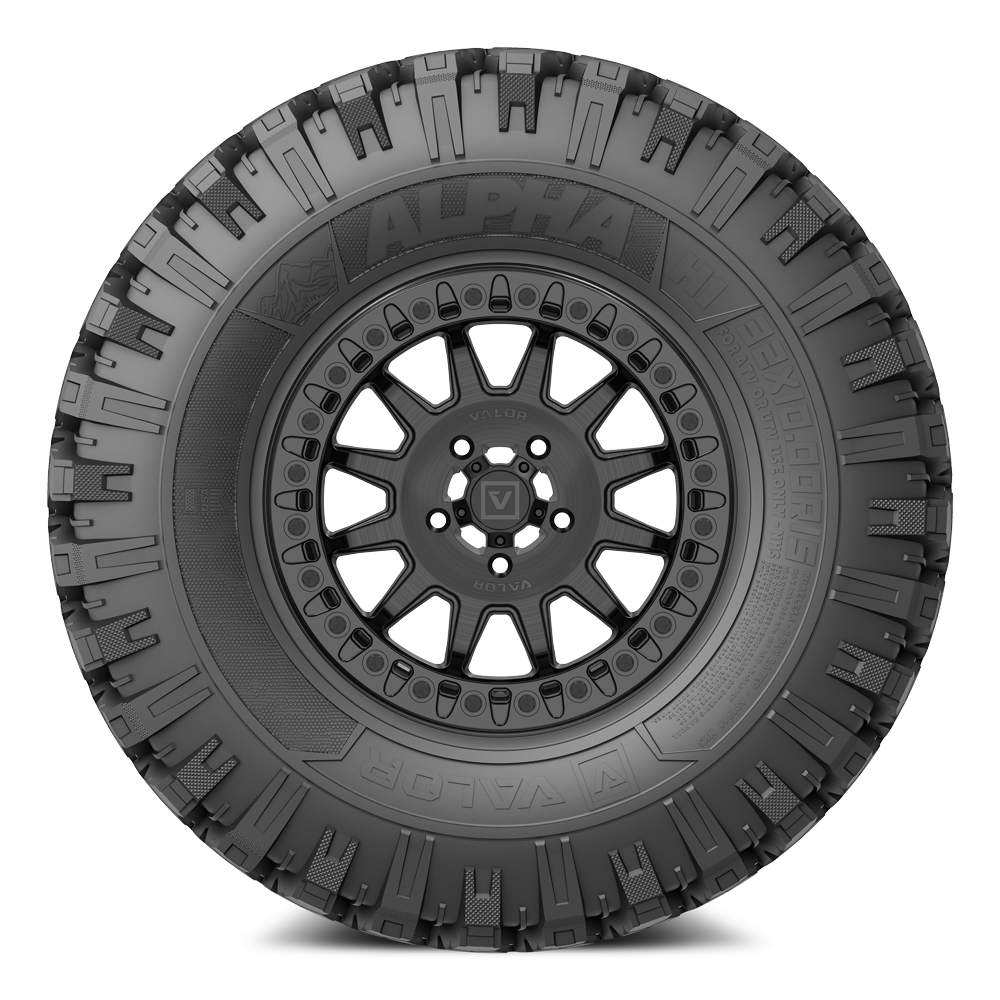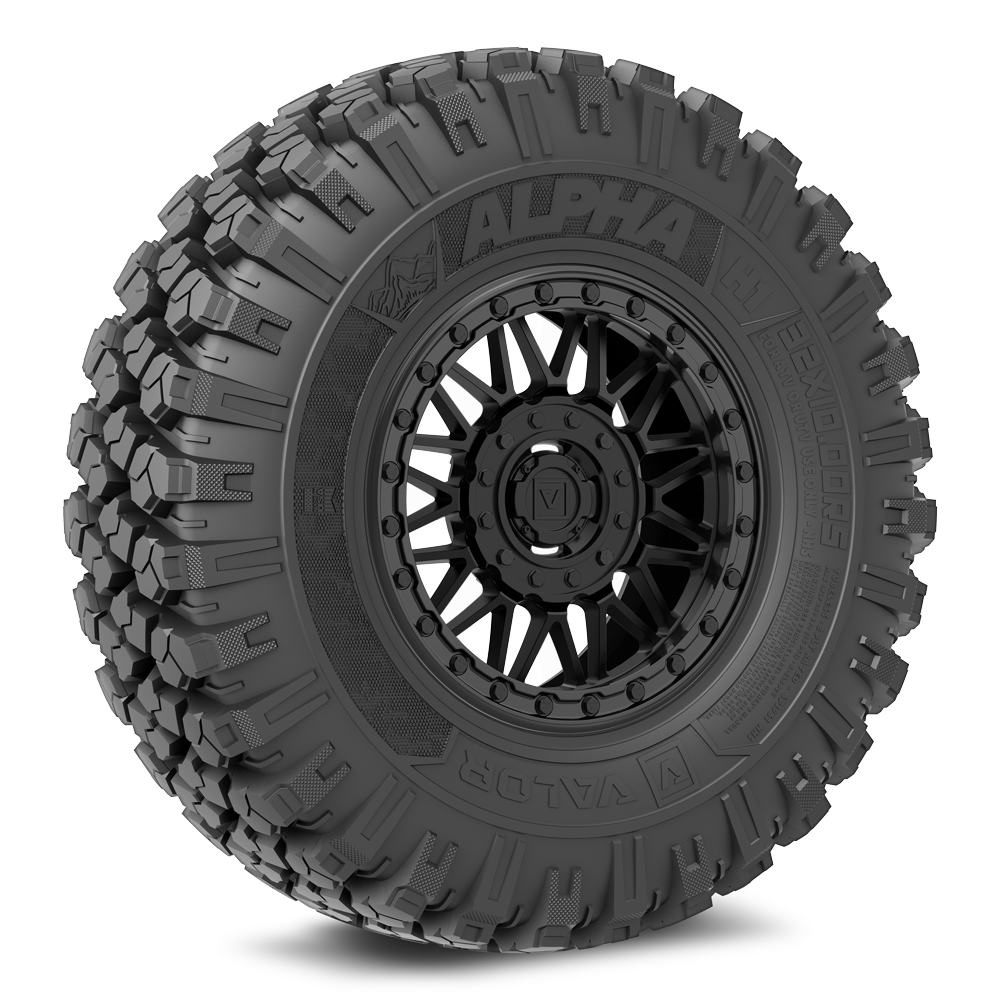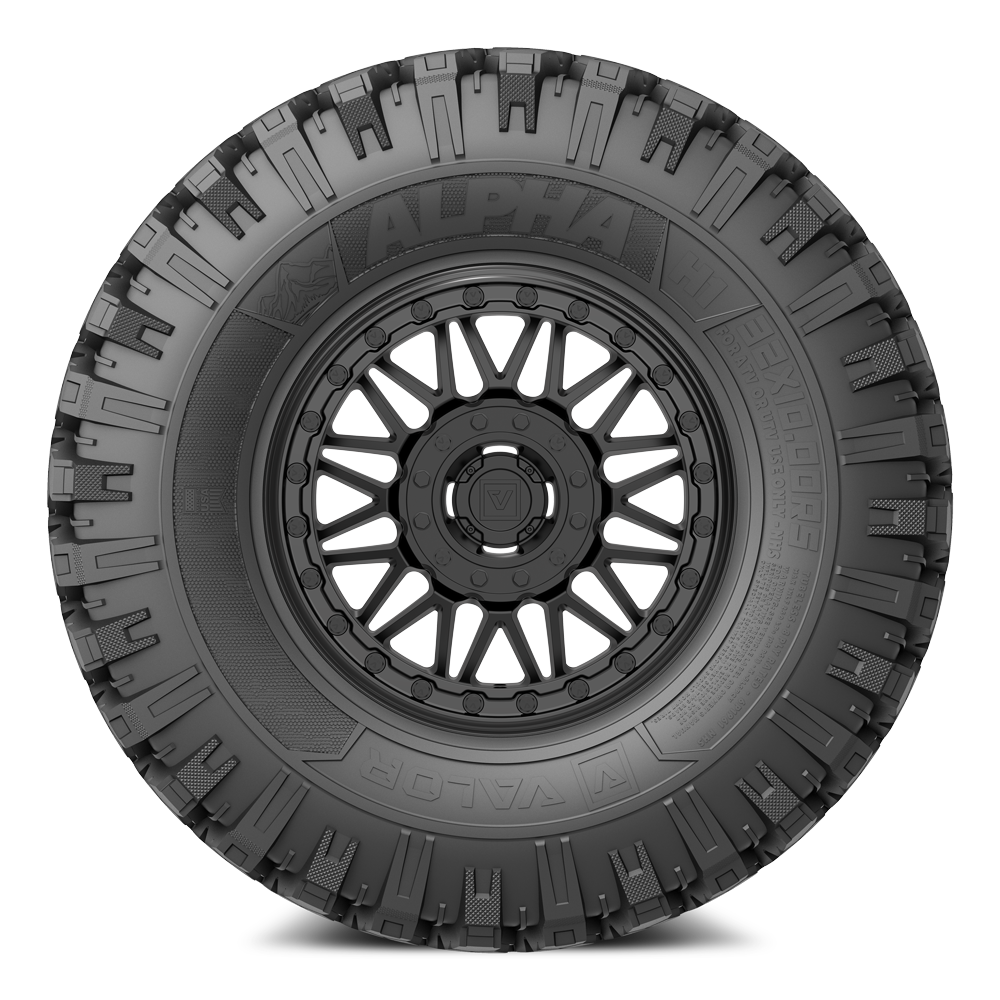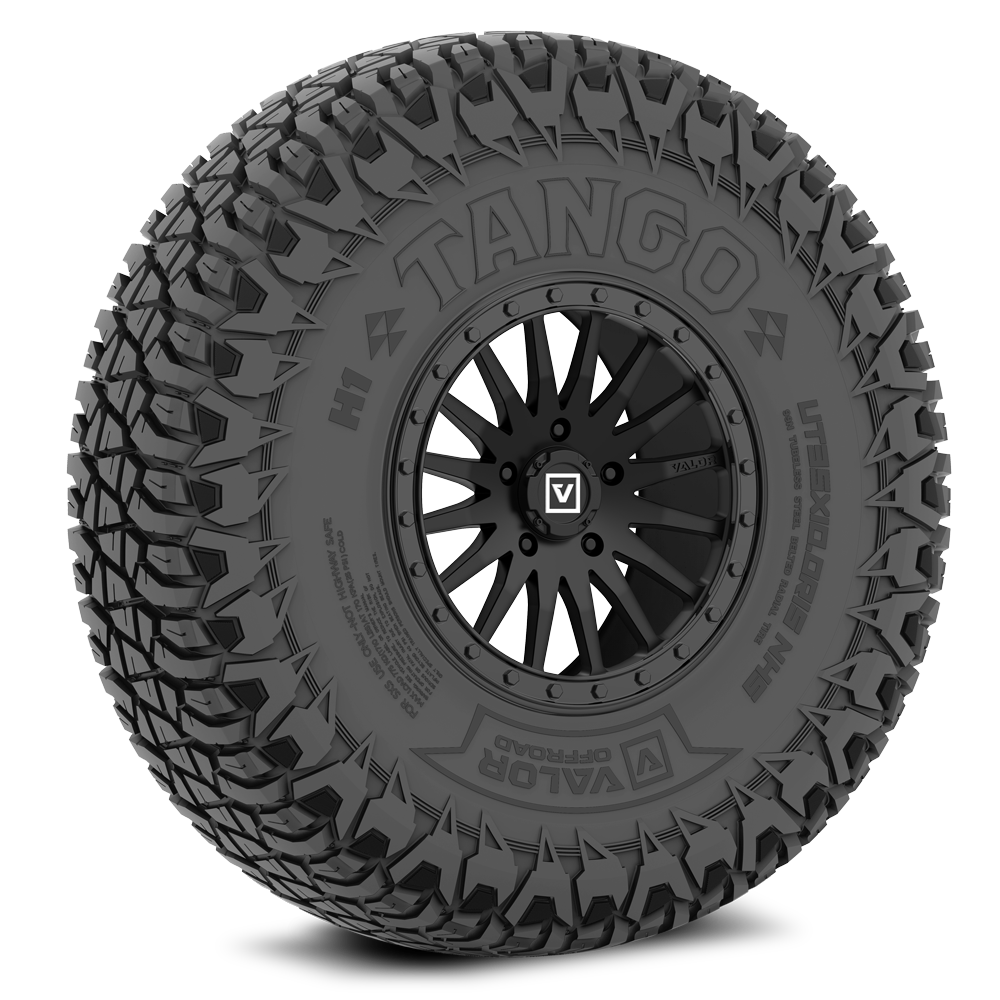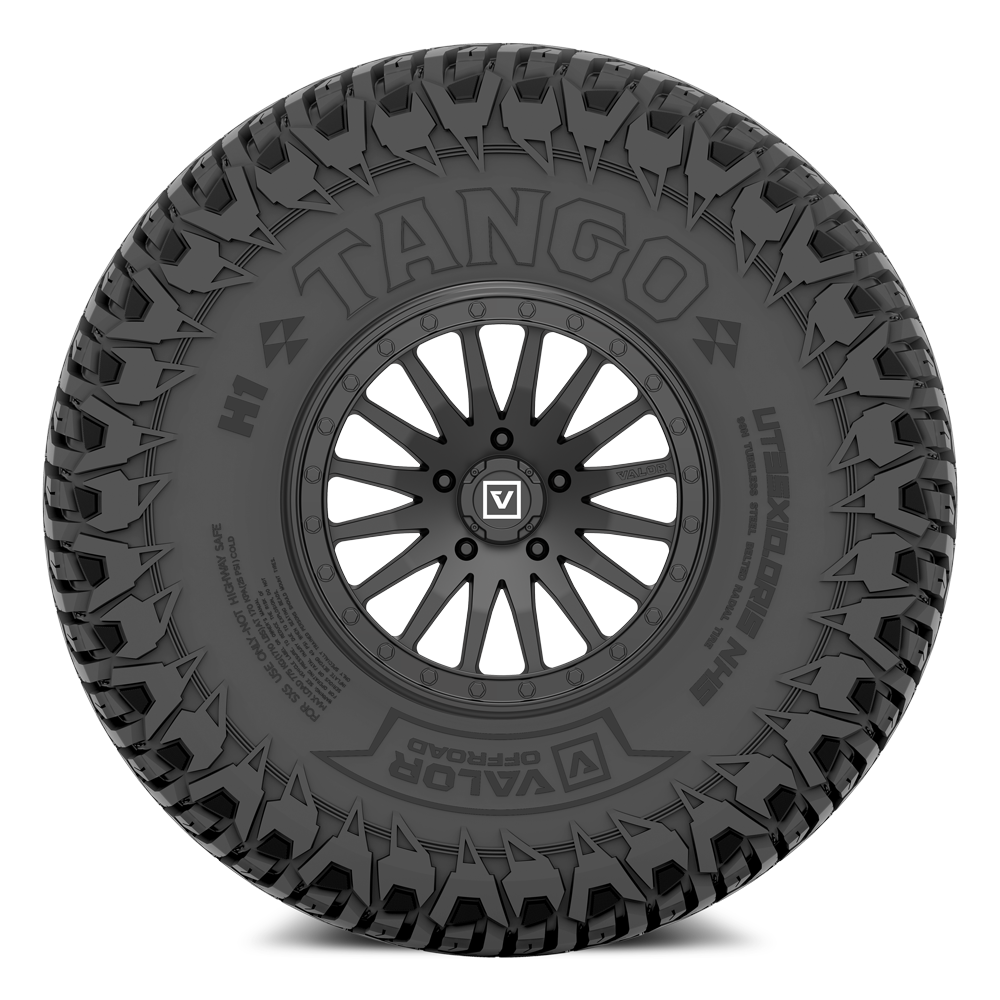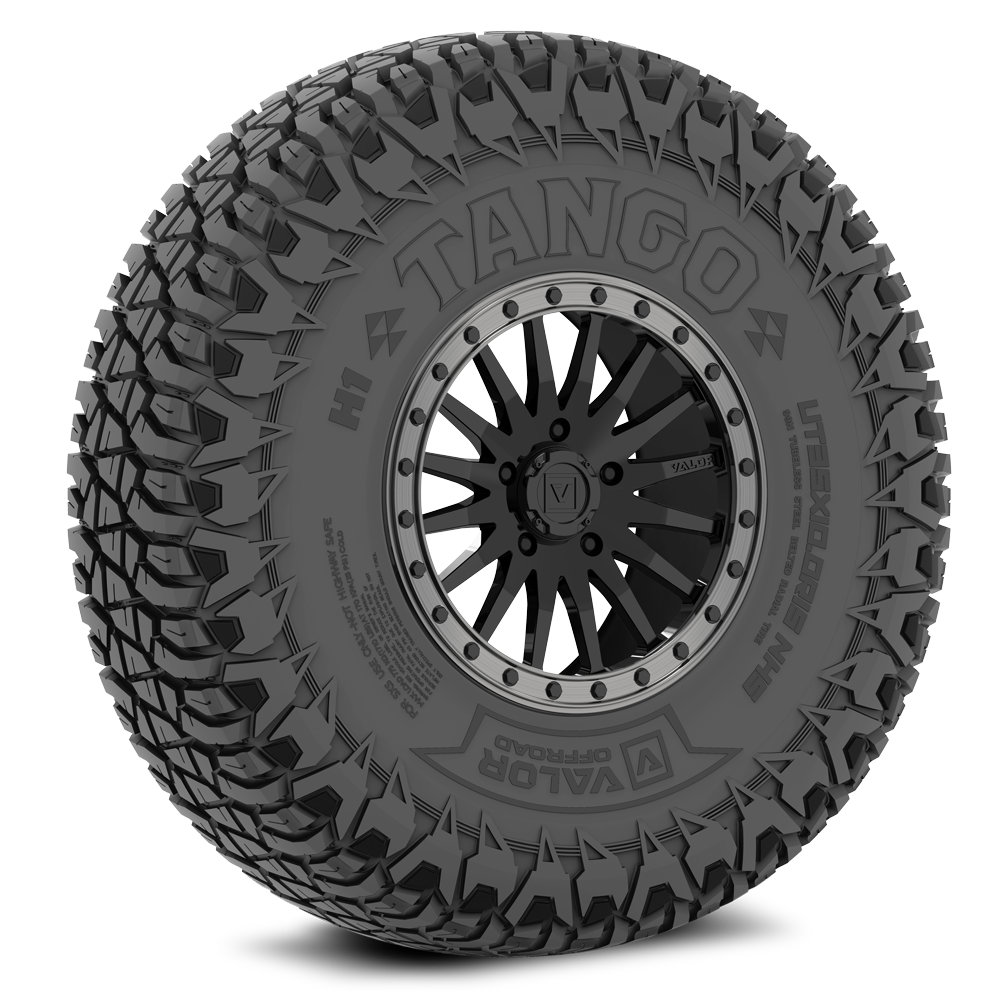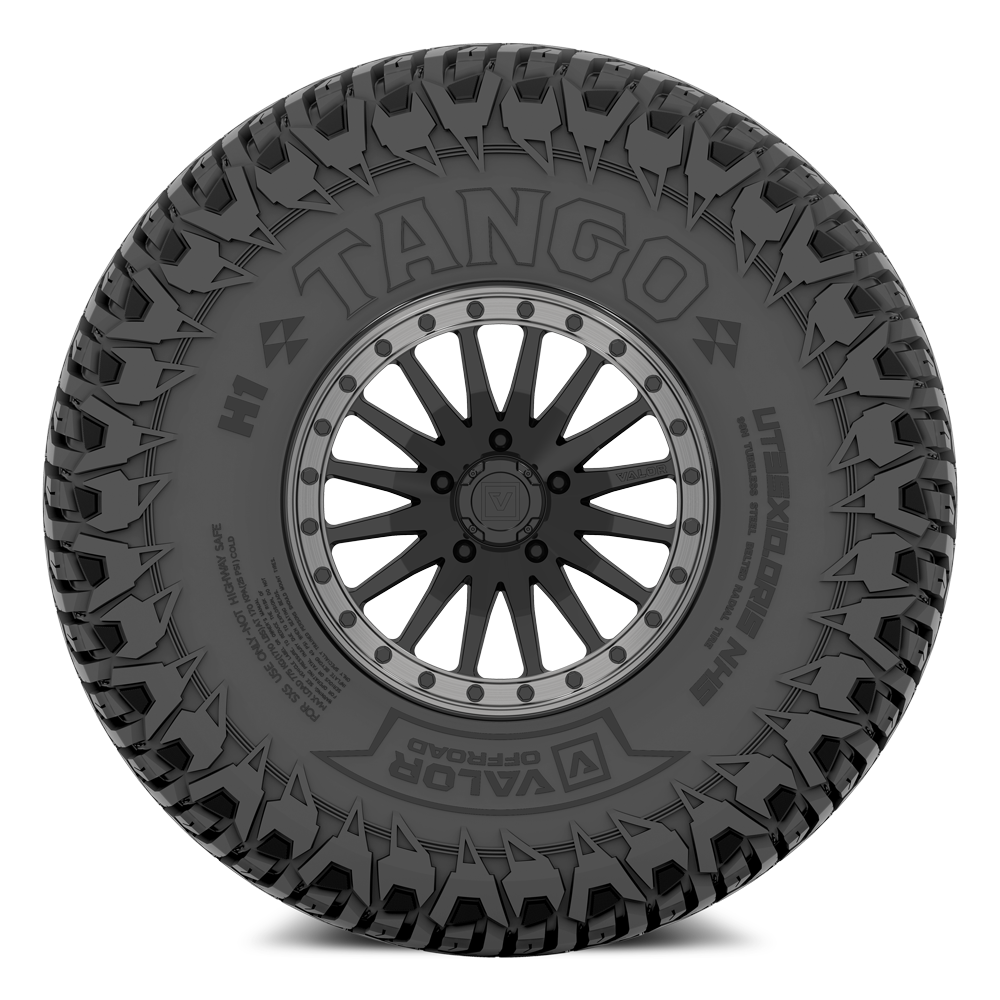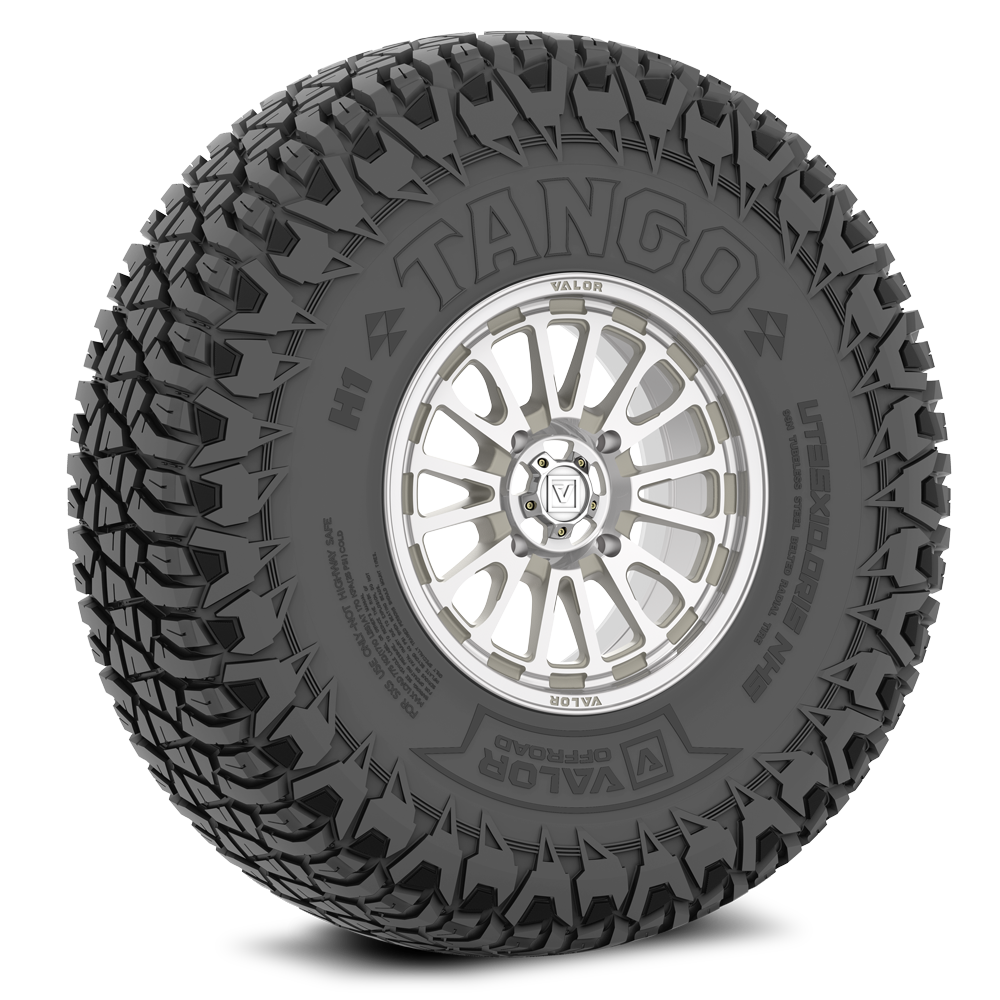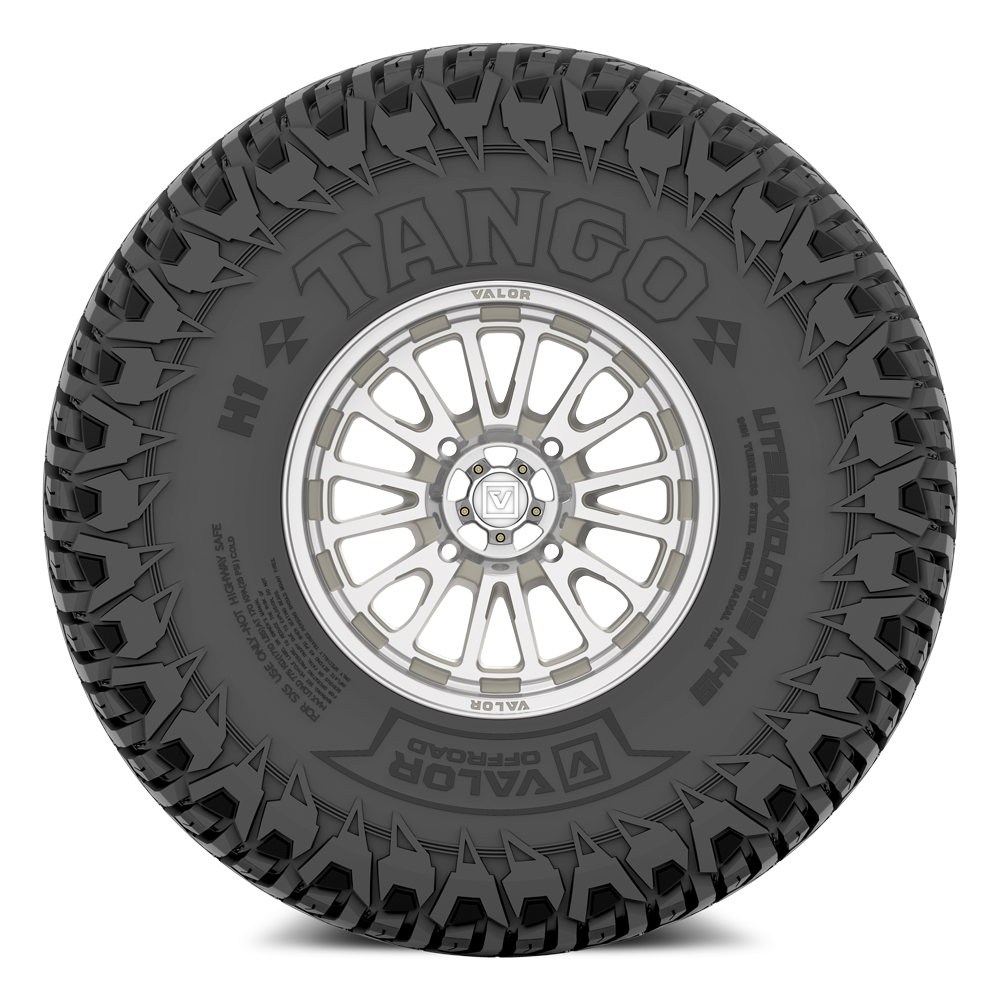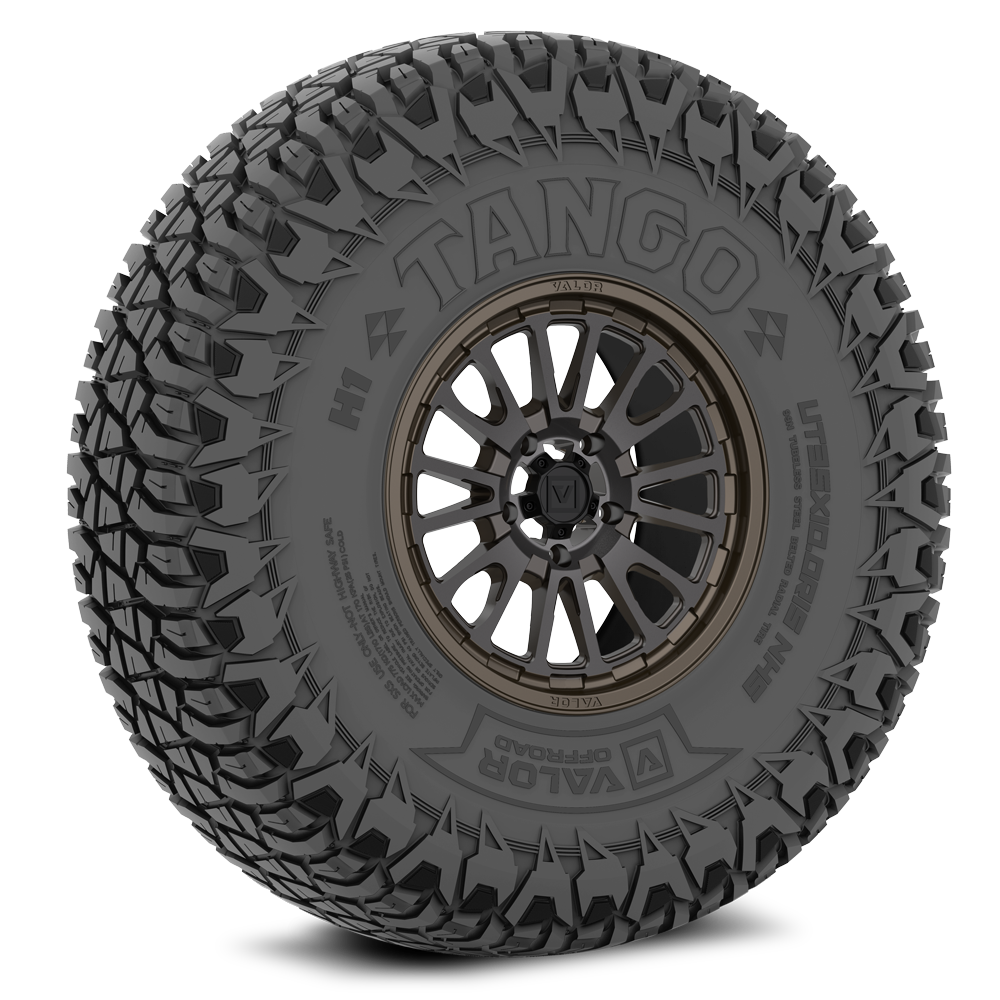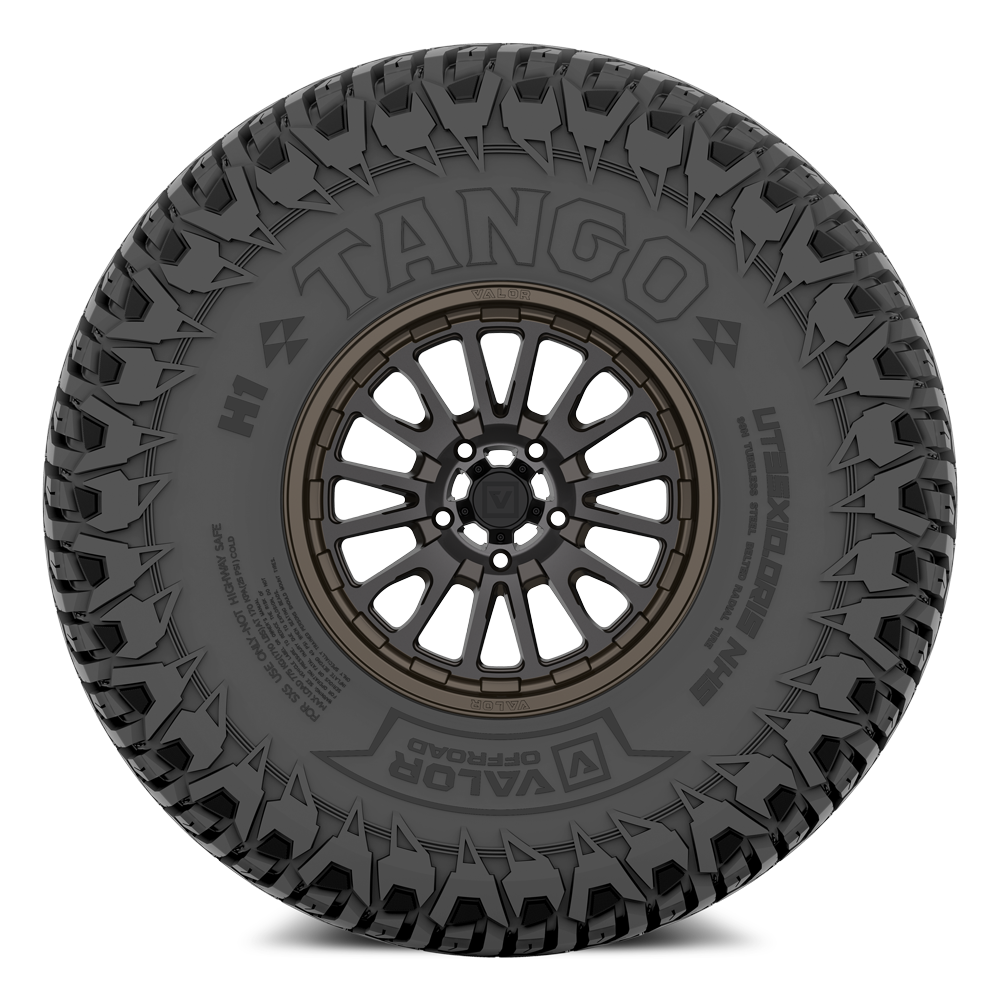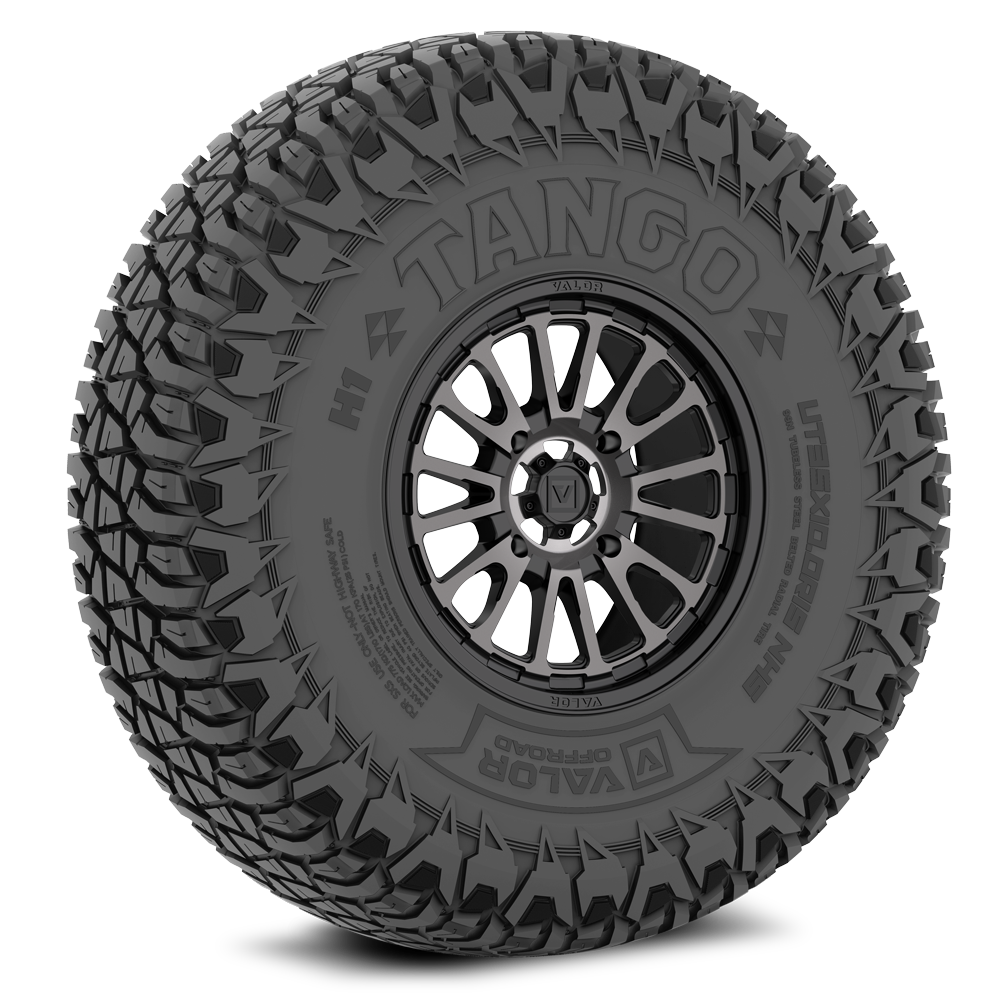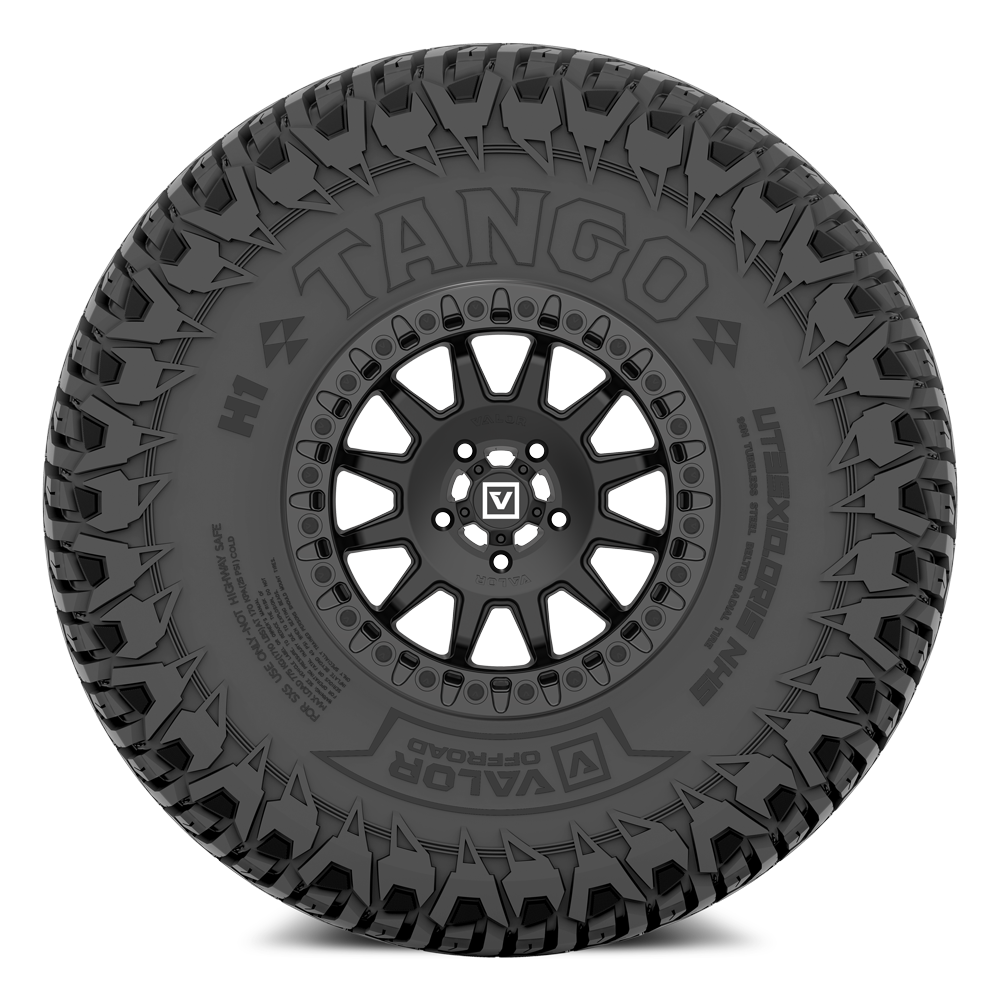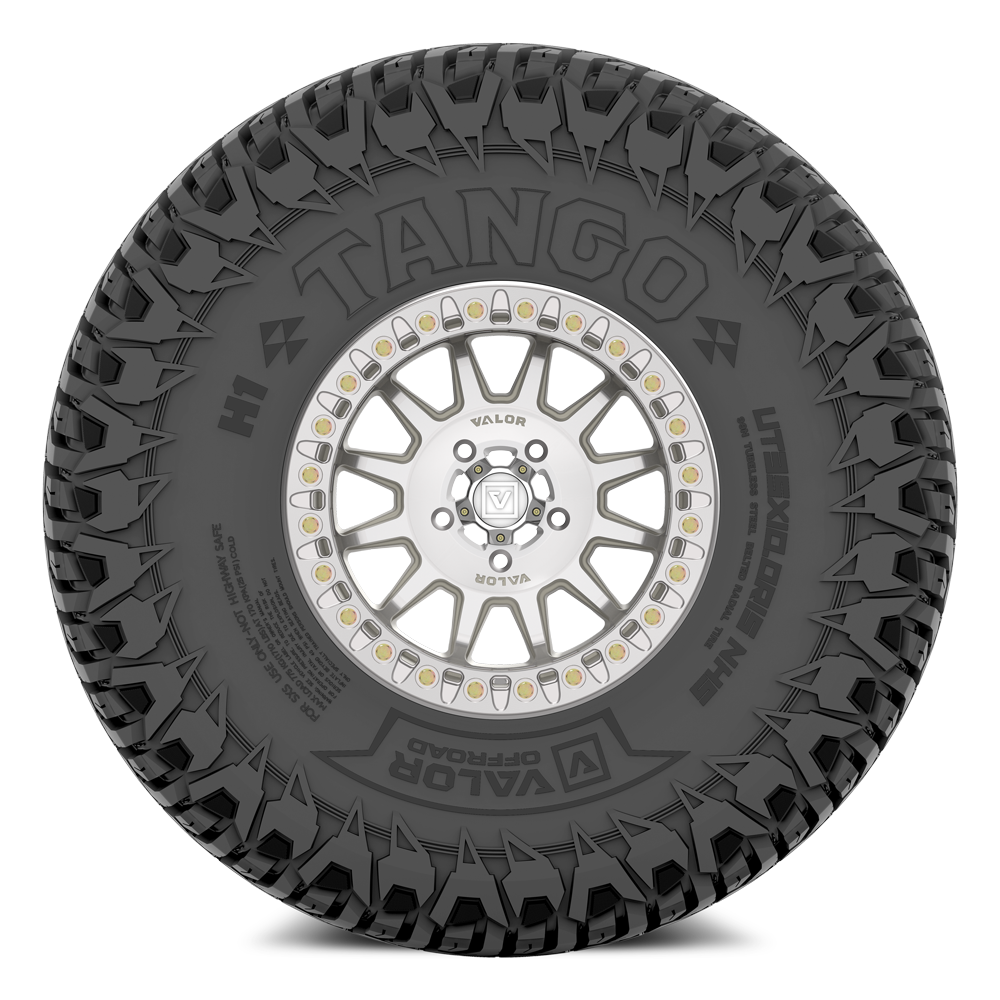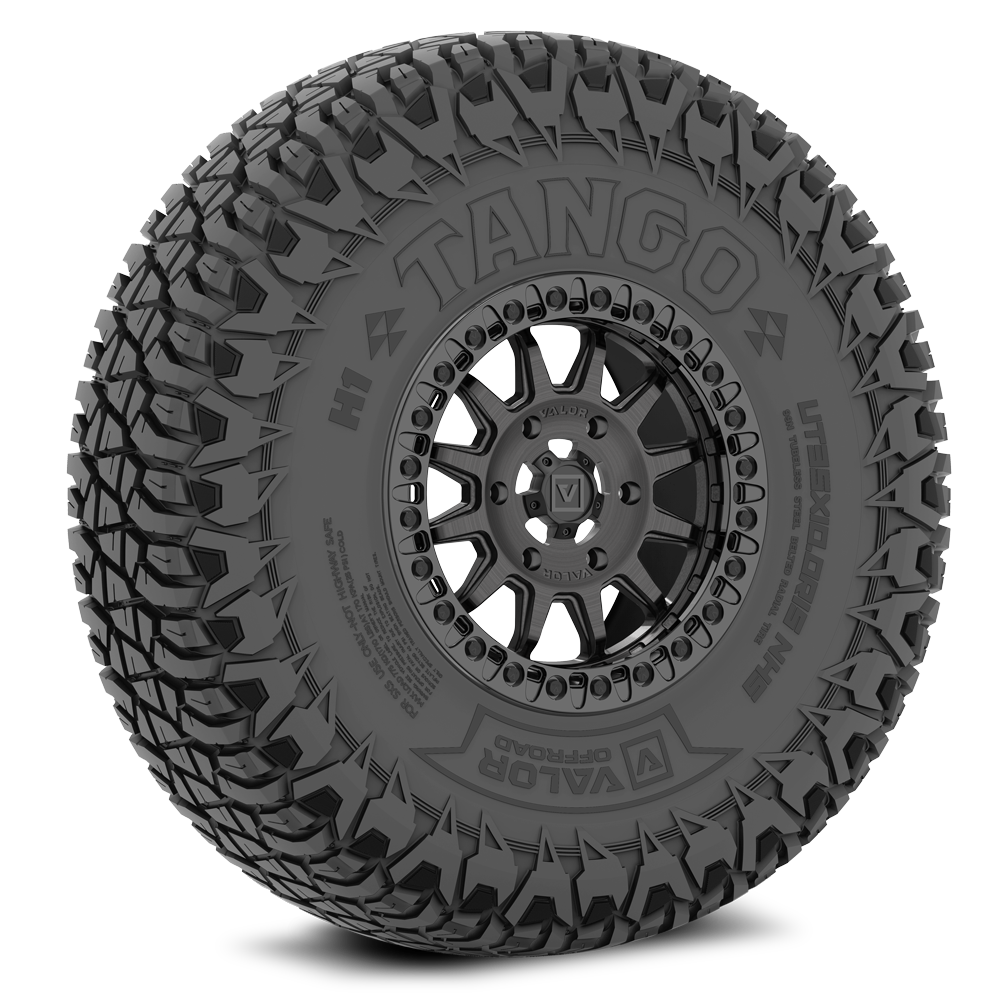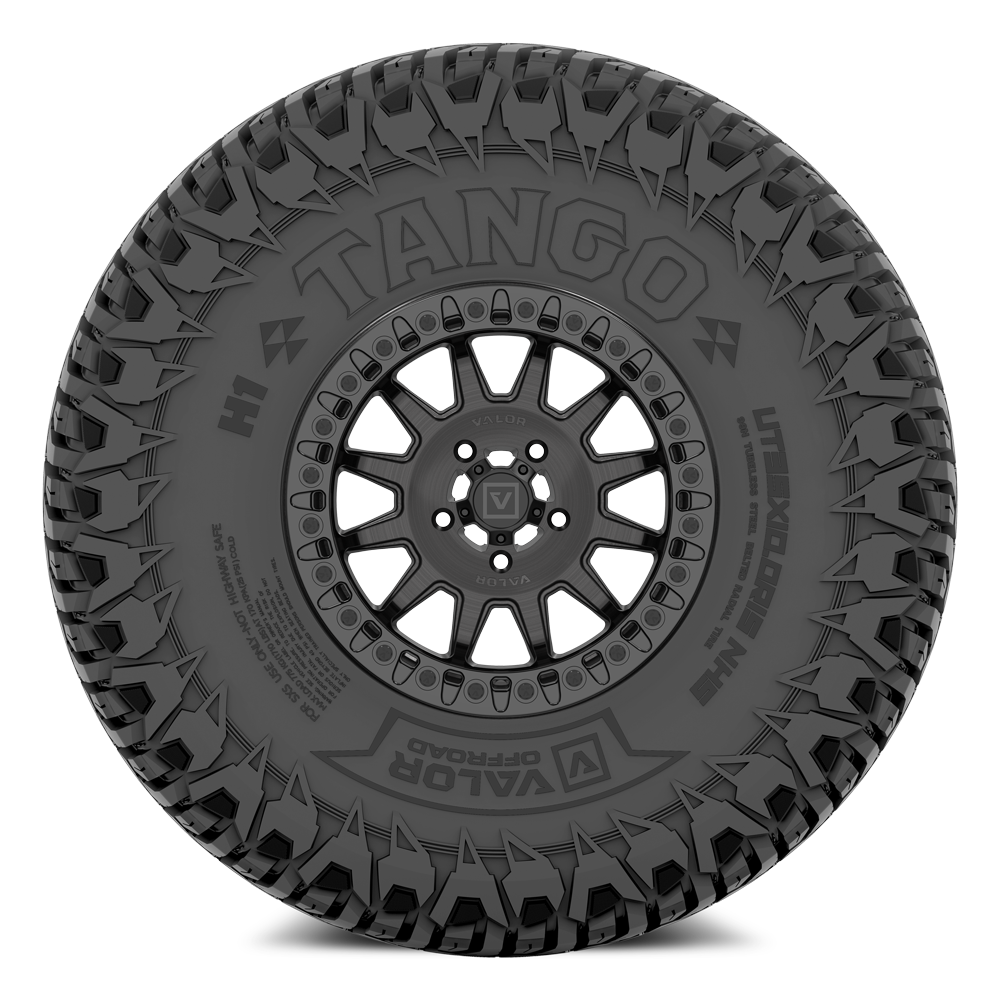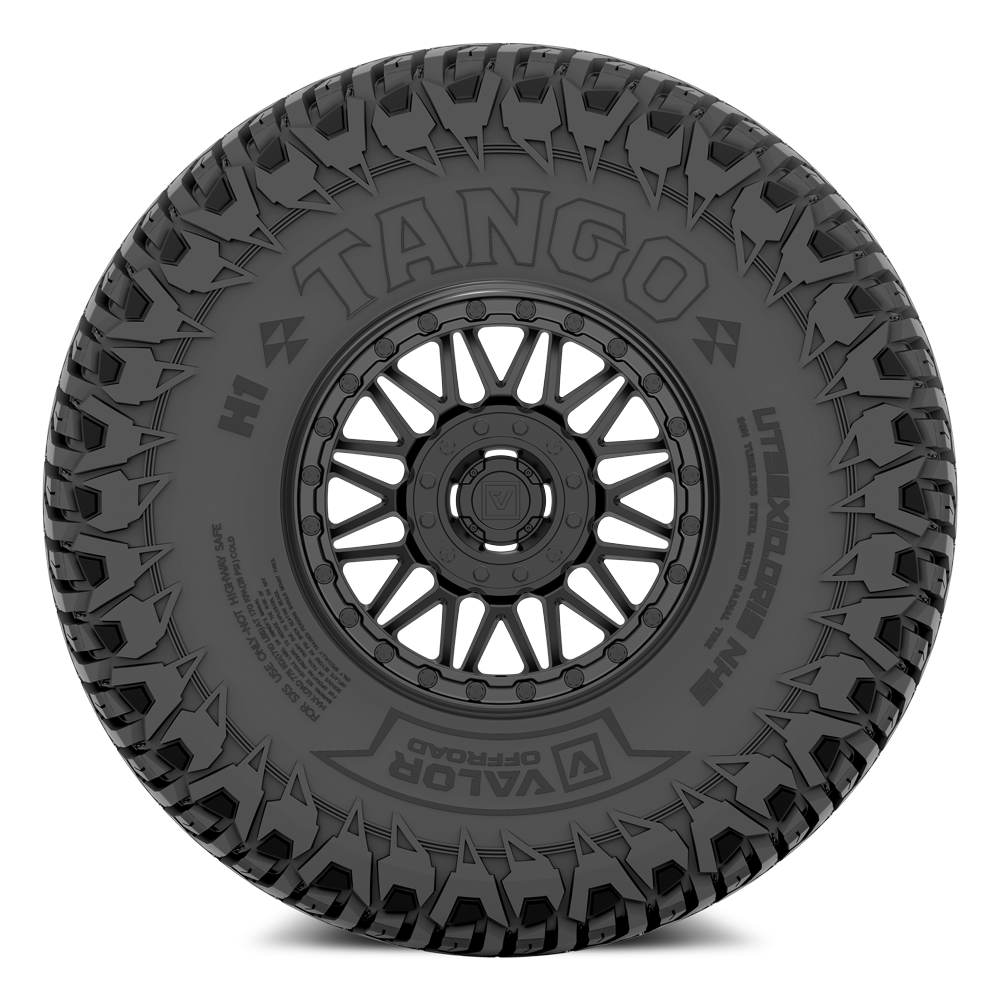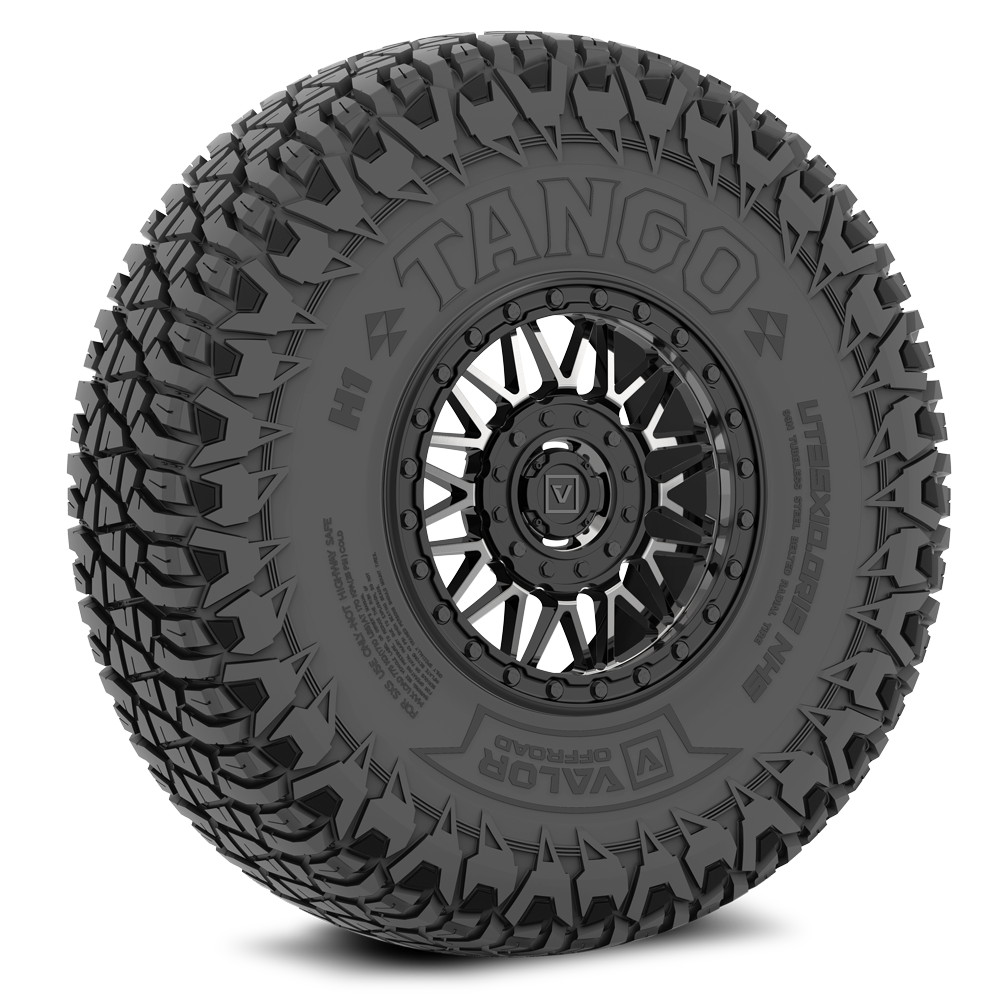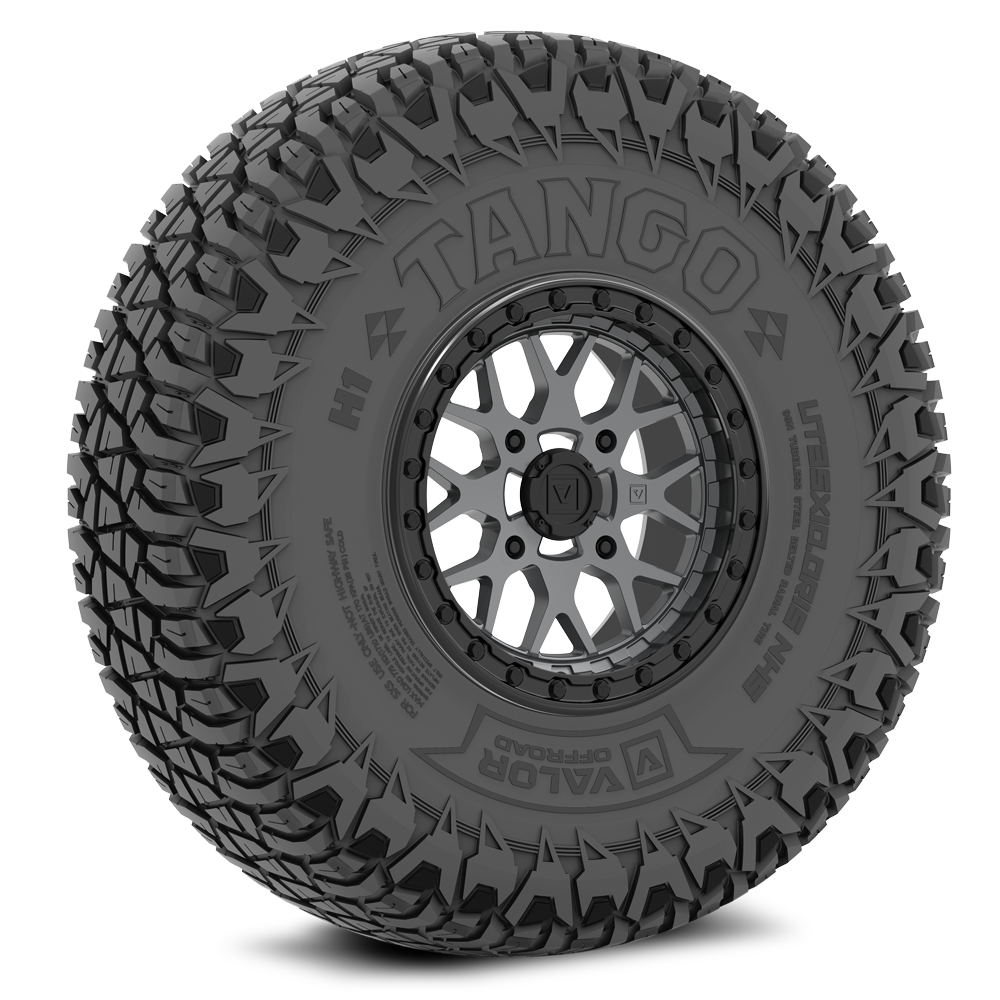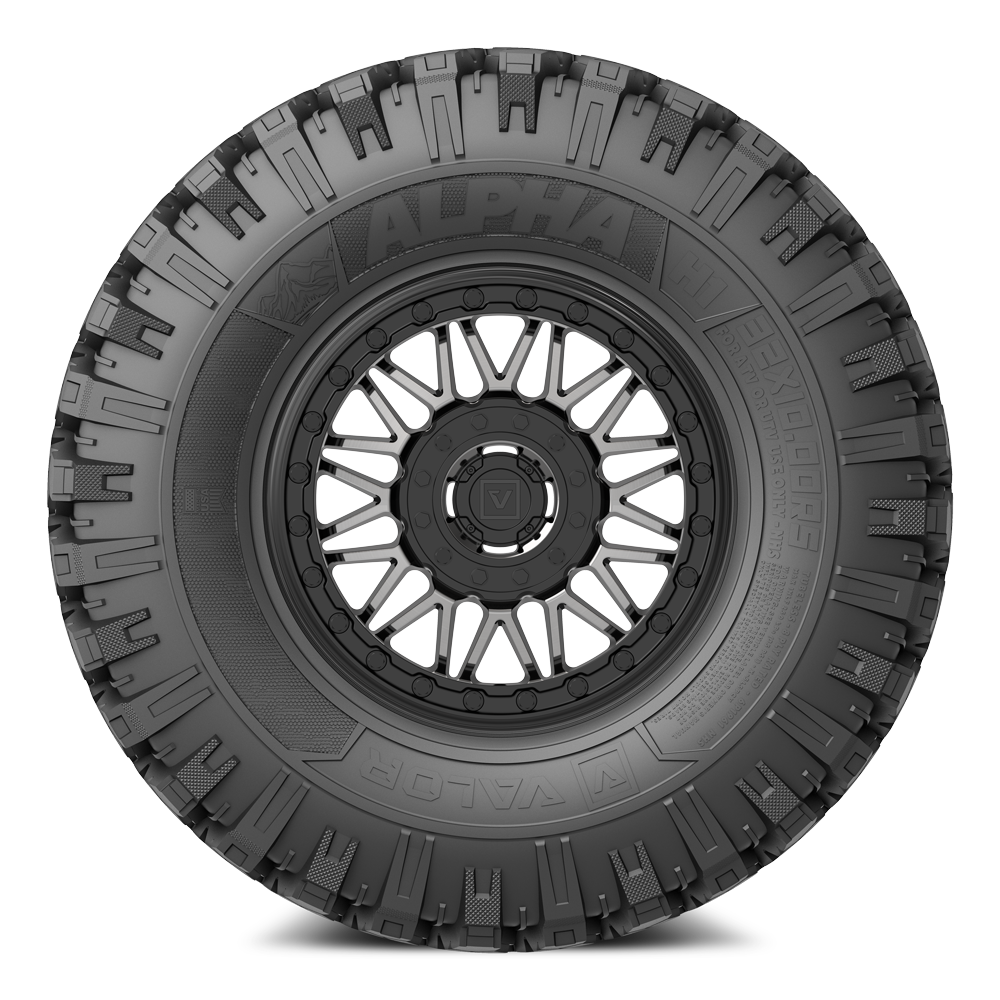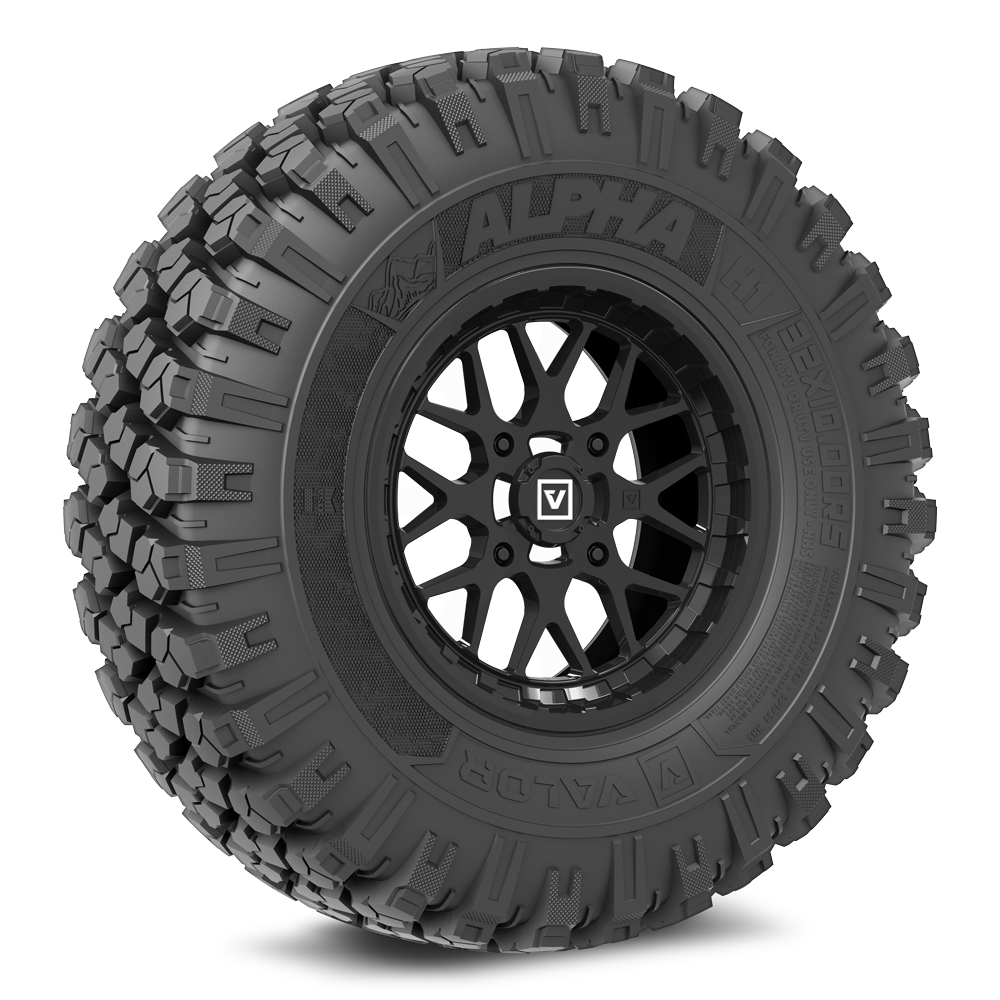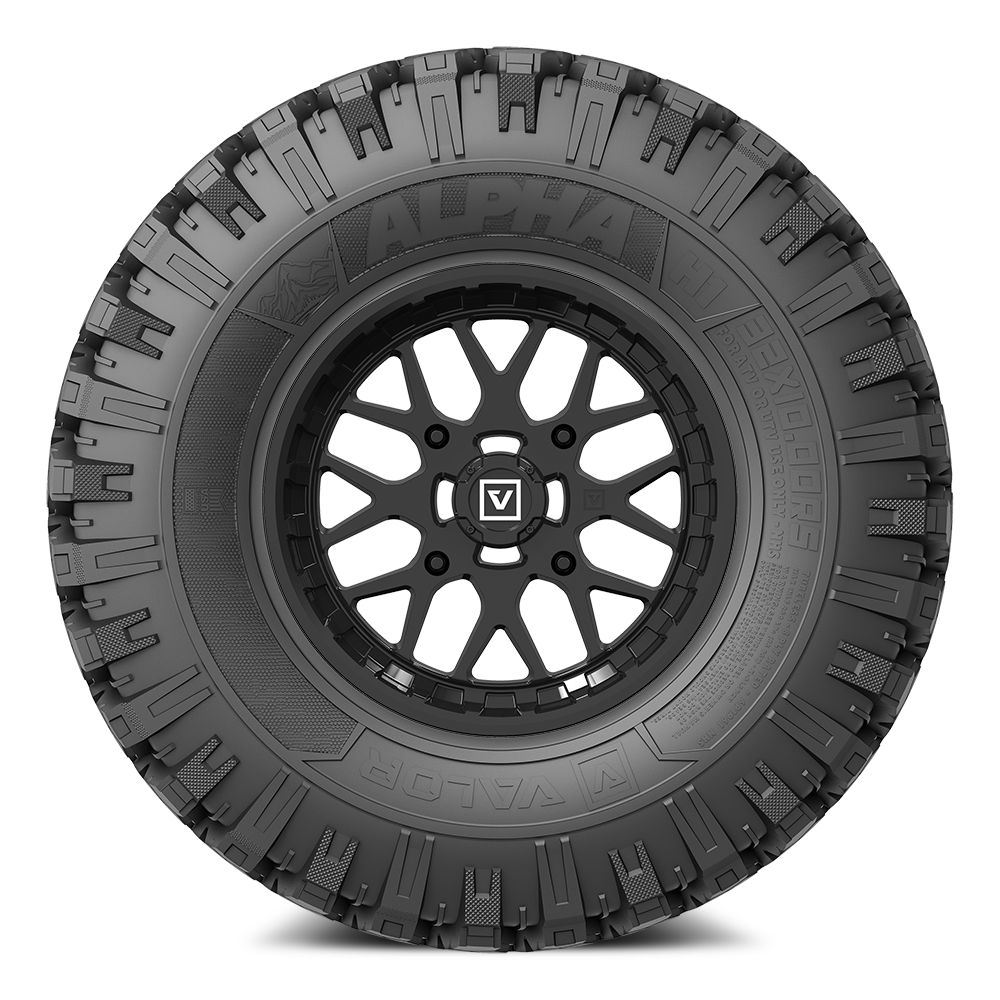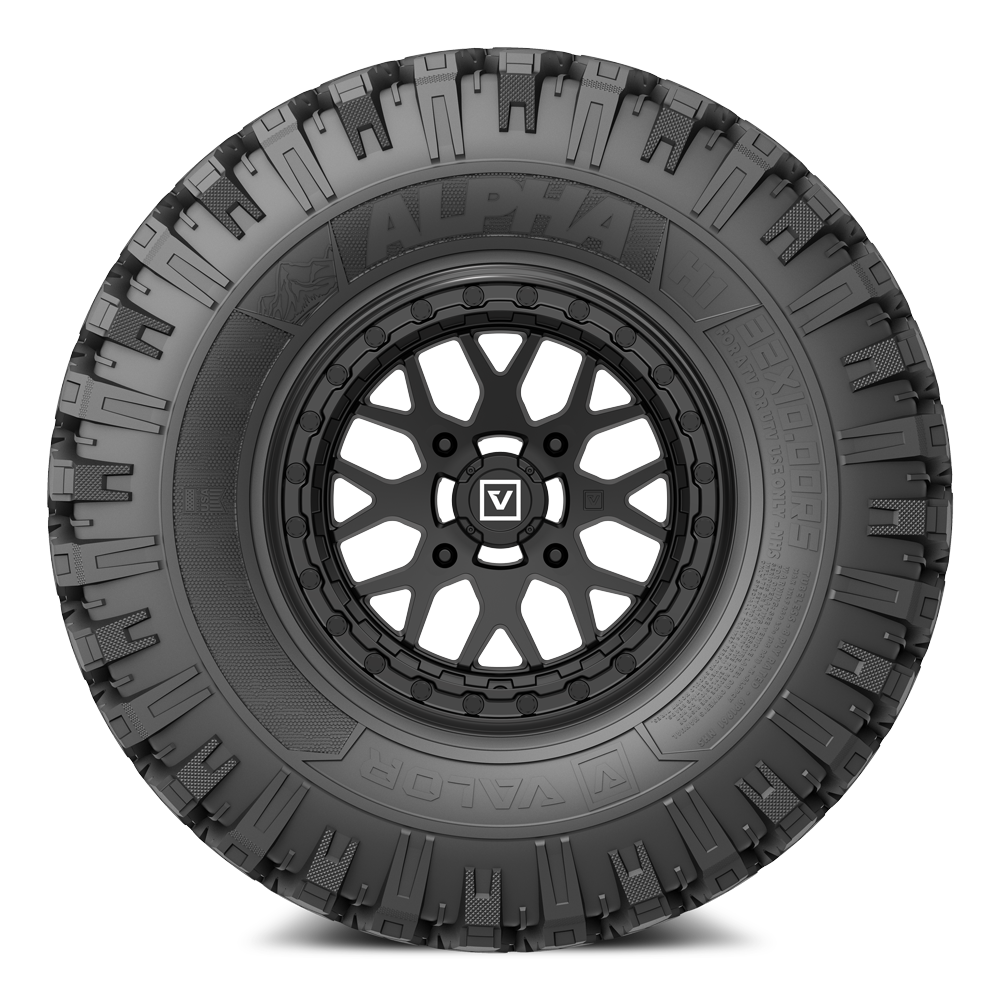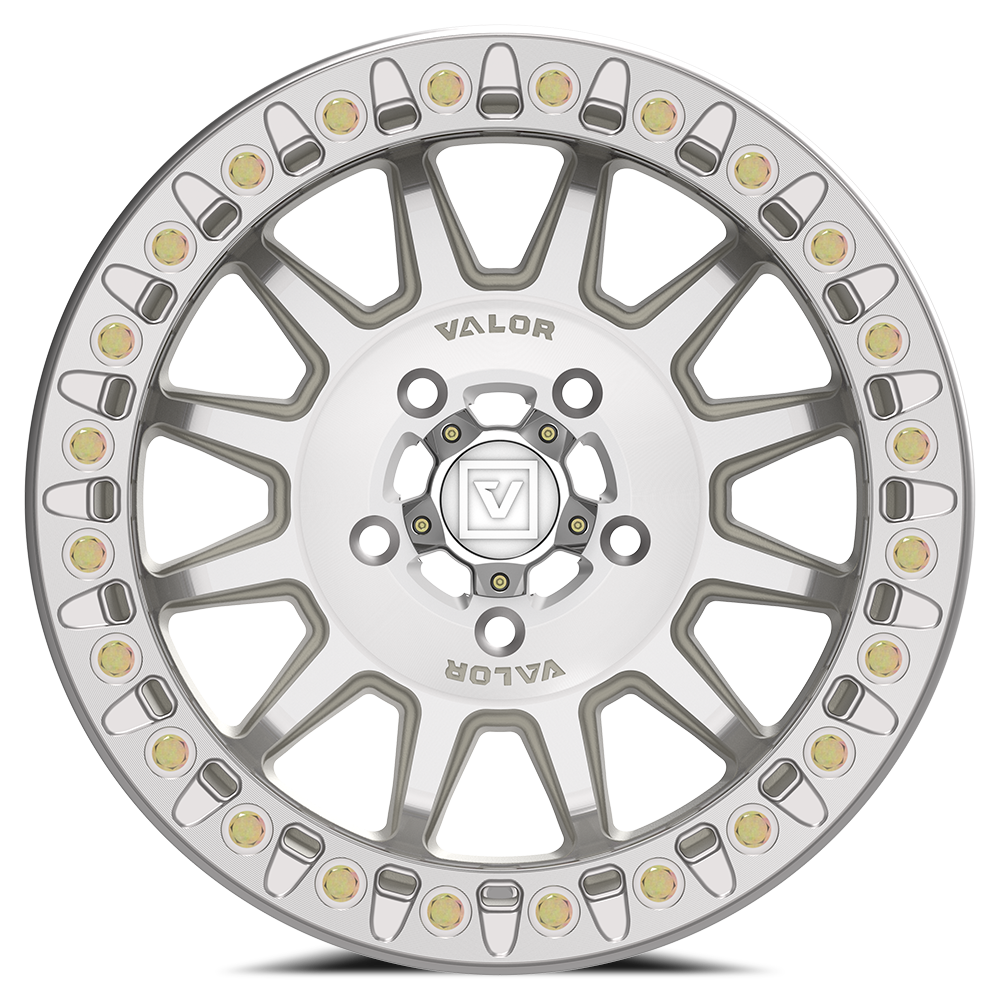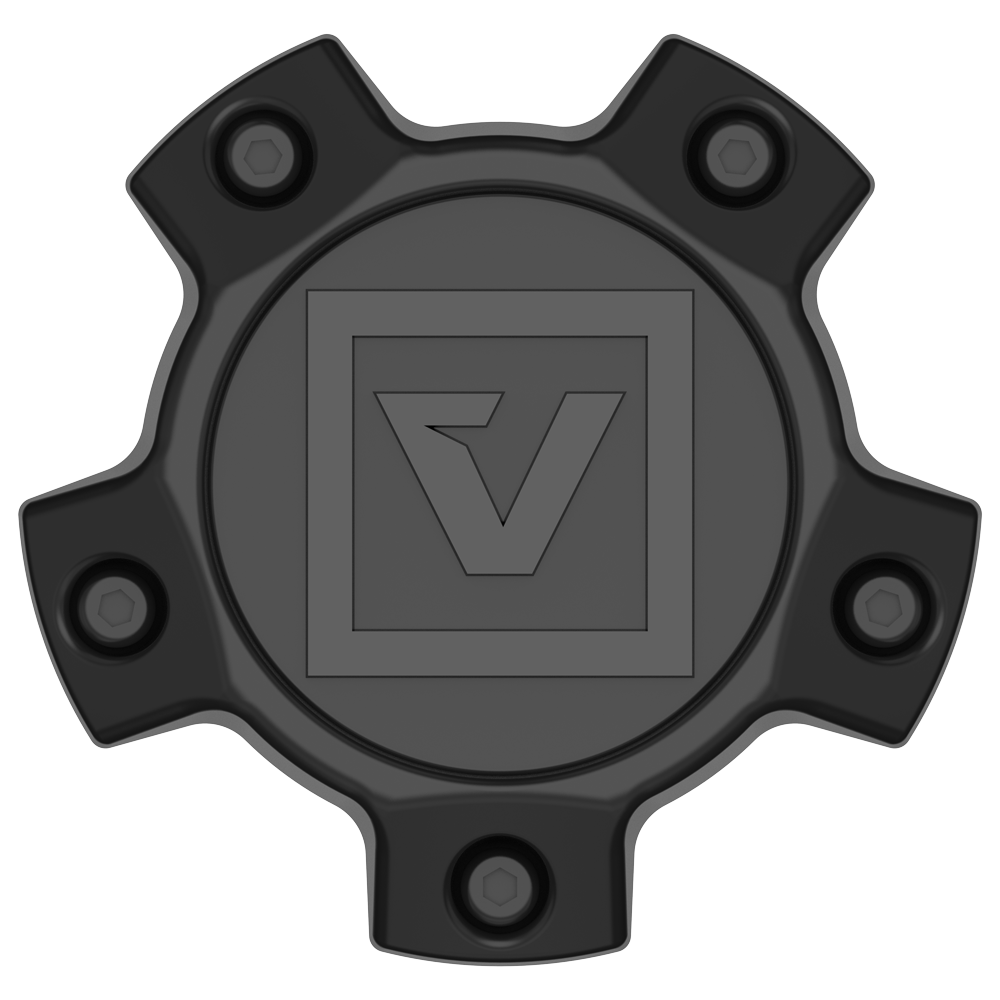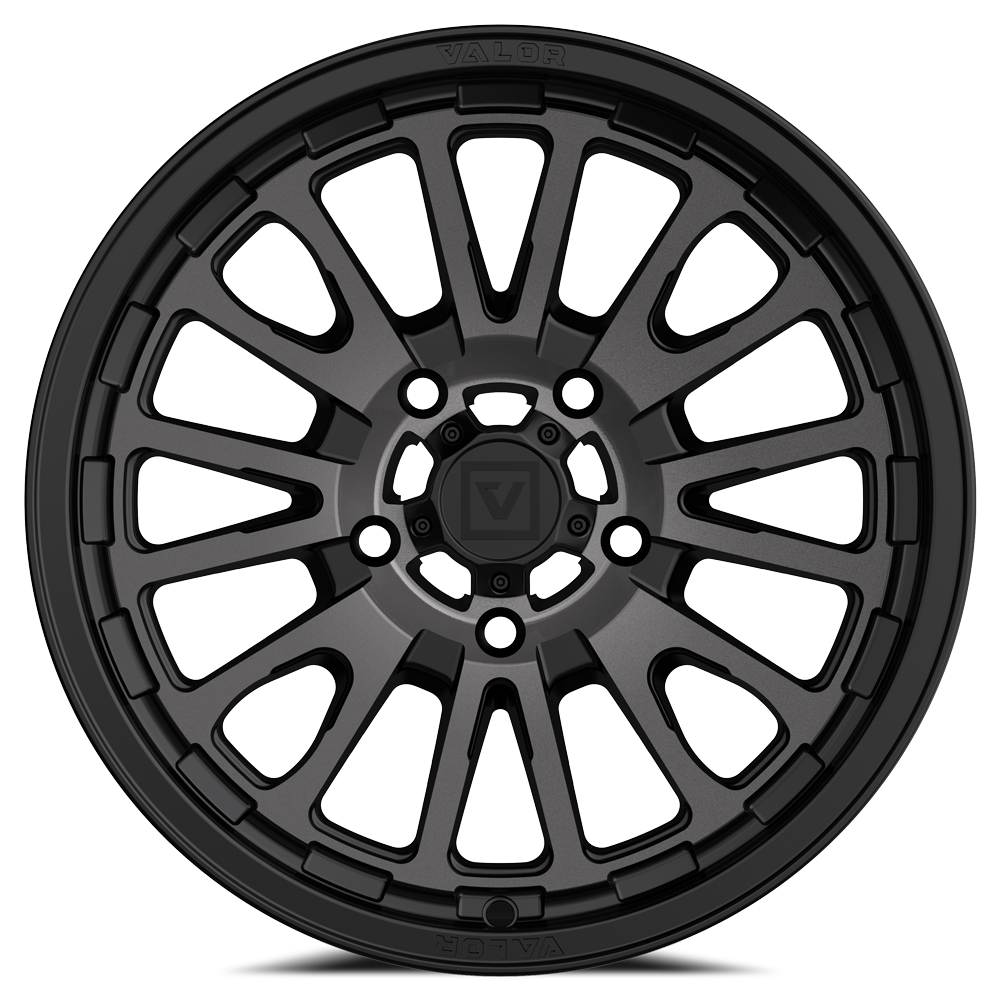So you're an ATV owner—good on you. You've resisted consistent market change, where everything seems to be catered to and built exclusively for UTV owners. The good news is that there are still plenty of products on the market, specifically manufactured for you. But what exactly is the difference between an actual ATV product and a true UTV product? Let's dig in and find out more.

No matter your favorite flavor, UTV, SXS, or ATV, there are products proudly made for you by several high-quality brands. Brands tend to latch onto what is most popular or trending in the market, so it is no surprise that UTVs are getting all the hype these days. It's hard to disagree that a 250+ horsepower out-of-the-box machine is badass.
Tires:
The most significant difference between UTV tires and ATV tires is one critical specification: load capacity. The bonus for ATV owners is that most powersports products are over-engineered for UTVs. The downside is that products keep getting heavier to compensate for gnarlier top speeds.

ATV vs UTV weight comparison:
Polaris Sportsman: 911 lbs (413 kg)
Polaris RZR Pro R Ultimate: 2187 lbs (992 kg)
When browsing tires for your ATV, be sure to check the load rating specification(s) to ensure they match your vehicle's weight. Note: All the tires manufactured by Valor Offroad are load-rated for UTVs, which means your ATV will never risk overloading the tires, regardless of your payload.
Remember, not all tires are created equal. If you pick up a set of tires on Marketplace or through a third-party sale, make sure the tires are in good shape before you run them, regardless of the good deal you got.

What to look for when purchasing used ATV tires:
- Tread: This is obvious, but always make sure there is enough tread left on used tires. Once the tread erodes, you will be traveling on the tire's carcass, which we promise was never designed to tackle roots, rocks, or trail debris. Running a tire (whether UTV tire or ATV tire) without sufficient tread depth risks immediate failure.
- Age: Unfortunately, all ATV tires have a recommended use window. If you pick up a tire from an ATV built in the 1990s, that tire will likely show significant wear and tear, including dry rot (cracks and crumbling), an irregular shape (oblong), or pinhole leaks. The natural rubber in tires breaks down as they age, especially when exposed to the sun's UV rays.
Considerations:
All Valor Offroad offroad products are engineered with the heavier UTV specs in mind, so both UTV and ATV customers are covered in both performance and safety.


